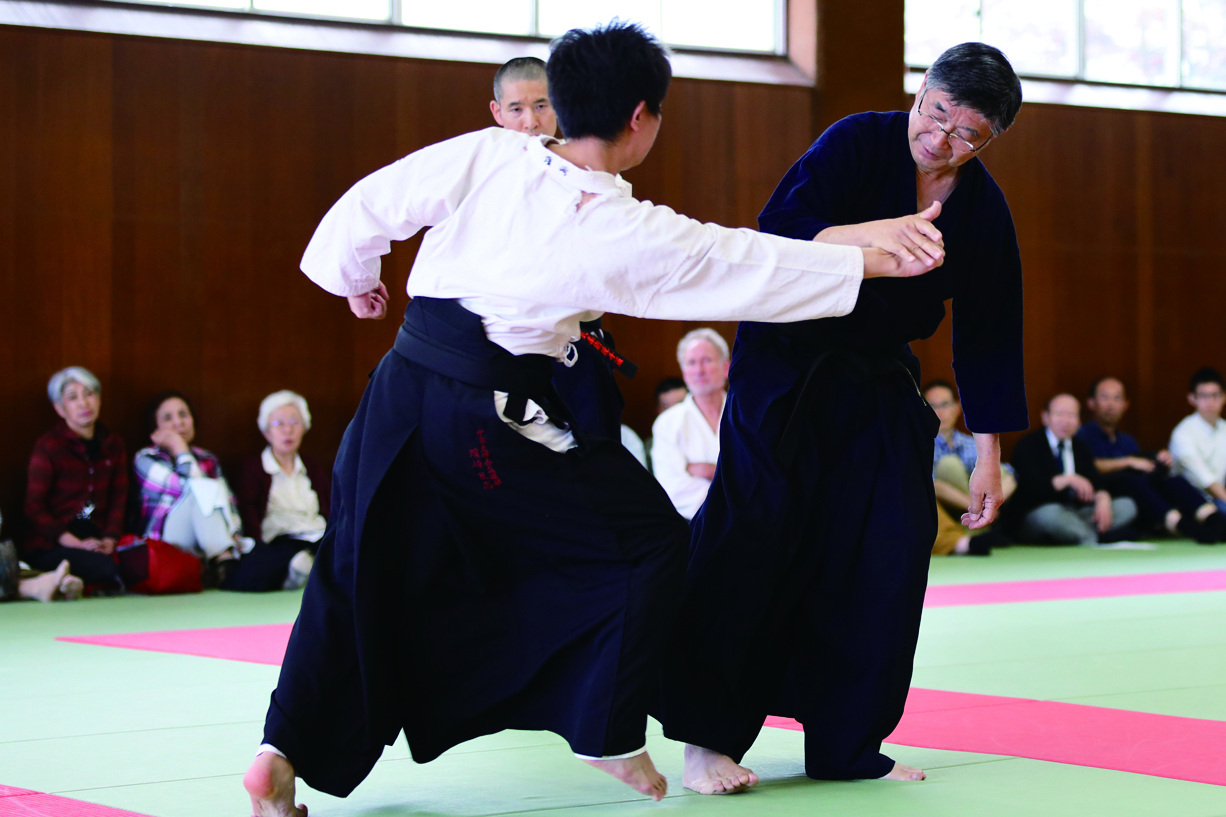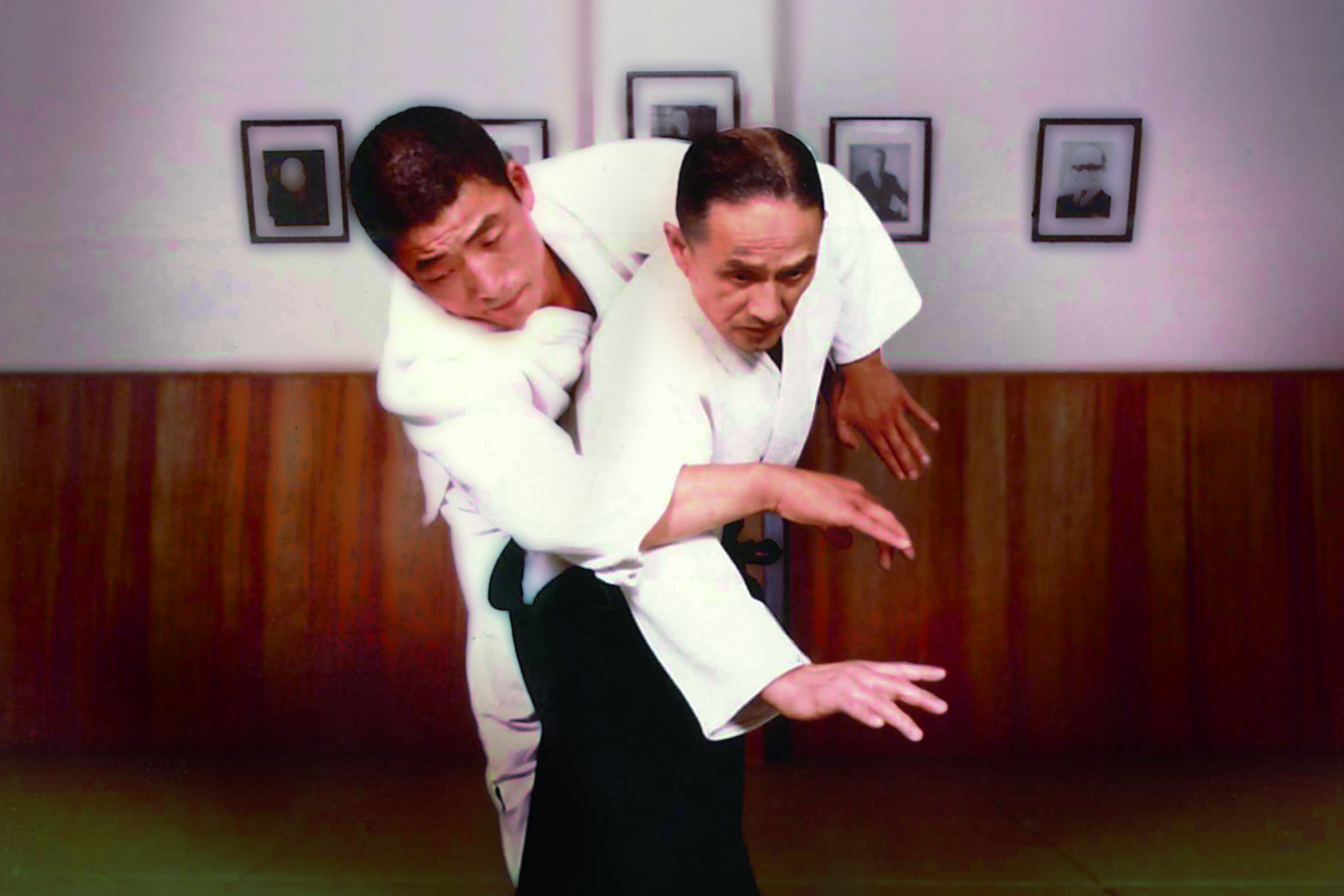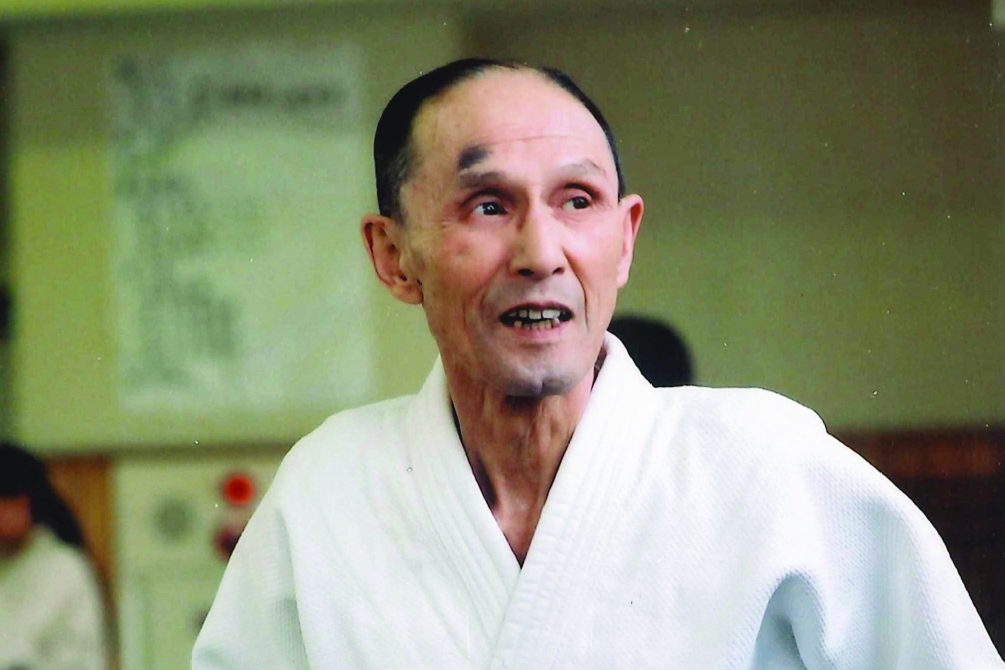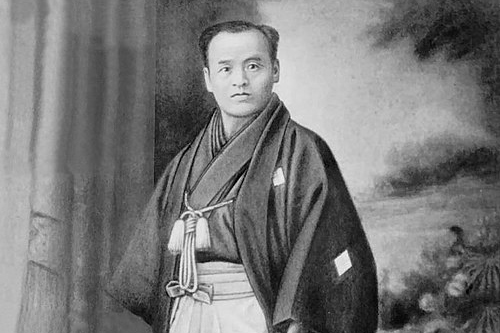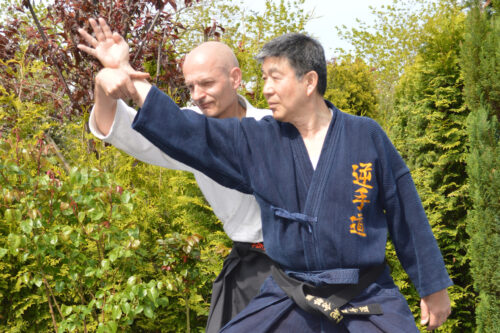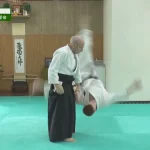» At the starting of AIKI Web Course
【AIKI JUJUTSU GYAKUTE-DO Series No.2】JUJUTSU WAZA, digest of NUKI, RENKO and NAGE
JUJUTSU KATA
Hereby the excerpts of basic techniques are shown below.
There are total 78 Jujutsu KATA (techniques) in AIKI JUJUTSU GYAKUTEDO that are categorized into 4 types:
- NUKI (release)
- NAGE (throw)
- RENKO (arrest)
- FUDOU (control)
Those KATA are classified into 4 levels such as:
level A: basic and rather easy
level B: needs a delicate know-how to be mastered
level C: application techniques of level B
level D: exclusively high-level and difficult
Those techniques are quite unique to our original RYU (style) and clearly distinguish our GYAKUTE-DO from other Jujutsu styles. Detailed explanations follow, except AIKI which is described separately in another book titled HOW TO AIKI.
In the KATA descriptions, A means attacker and D means defender
4-1 NU NUKI 抜き
The NUKI techniques consist of the following 15 KATA.
NU-1 KESA NUKI SHUTO-ATE 袈裟抜き手刀当て
NU-2 USHIRO YUBI-SEME NUKIMI 後ろ指責め抜き身
NU-3 KOTE UCHI NUKI KASUMI-KAKE 小手打ち抜き霞掛け
NU-4 USHIRO KOTE-SEME NUKIMI 後ろ小手責め
NU-6 DOKKO-SEME NUKIMI 独鈷責め抜き身
NU-7 KIRIUCHI NUKI KASUMI-KAKE 切り打ち抜き霞掛け
NU-8 BUKKOTSU-SEME NUKIMI 仏骨責め抜き身
NU-9 HAGAI-SEME NUKIMI はがい責め抜き身
NU-10 USHIRO KOTE-SEME NUKI UDE GYAKU FUDO 後ろ小手責め抜き腕逆不動
NU-11 RYO SOTO MAKI NUKI SHUTO-ATE 両外巻き抜き手刀当て
NU-12 WAKI-SEME NUKIMI 脇責め抜き身
NU-13 KAMI SHIHO ROKKOTSU-SEME NUKIMI 上四方肋骨責め抜き身
NU-14 GASSHO-NUKI KASUMI-KAKE 合掌抜き霞掛け
NU-15 WAKI KATAME NUKI SHUTO ATE 脇固め抜き手刀当て
NU-6 DOKKO SEME NUKIMI Level A-B
both standing, front to front
1) A holds D’s body in a bear hug.
2) D puts both thumbs to A’s DOKKO, the weak point located on both chins just beneath the ears and presses them.
3) A releases his bear hug because of the pain and stands up on his toes.
4) D keeps pressing thumbs after being released from bear hug and then pushes D away backwards.

Know-how (KUDEN)
DOKKO, the place to be pushed.
NU-9 HAGAI SEME NUKIMI Level B
both standing, front to back
1) A hugs D from behind by both arms through D’s armpits with fingers being crossed, or interlocked (i.e. “Full Nelson” hold).
2) D uses right thumb to pull up A’s left middle finger from the point of crossing.
3) D catches A’s released middle finger by D’s left hand then bends it back. At the same time D also catches A’s right middle finger by his right hand and bends it.
4) A has to release his crossed fingers due to the pain he gets with the middle finger.
5) D stretches both arms horizontally down and bends both of D’s middle fingers with enough stress to cause pain.
6) D then releases his right hand grip on A’s right middle finger and turns to face A while maintaining control of A’s left middle finger.
7) D kicks A’s SUIGETSU with MAE KERI and releases A’s hold.
8) A turns round to backwards.
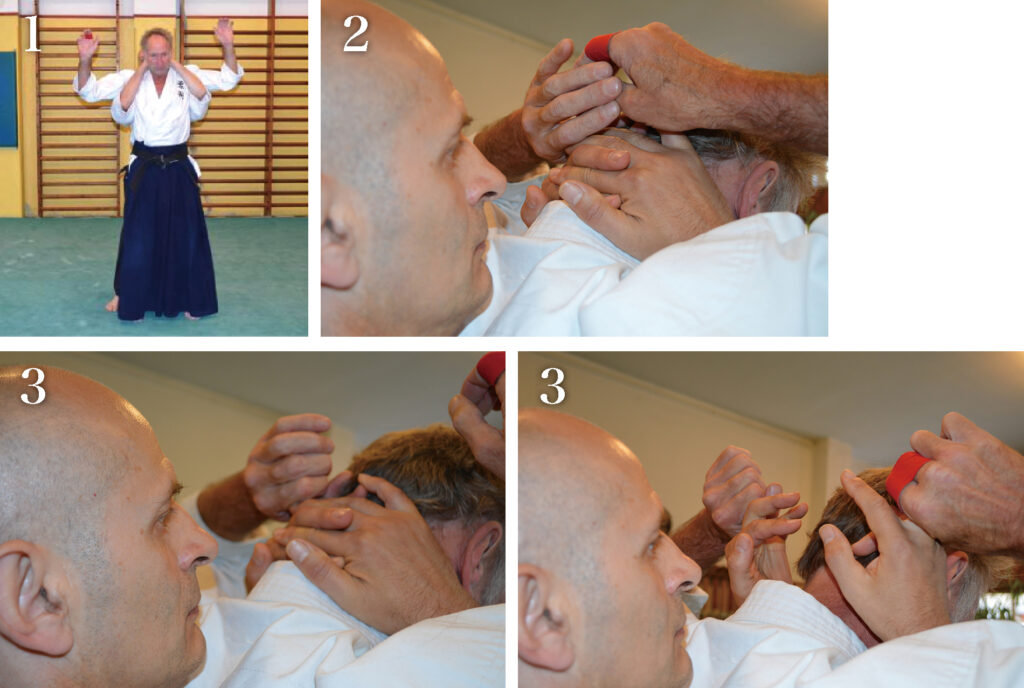
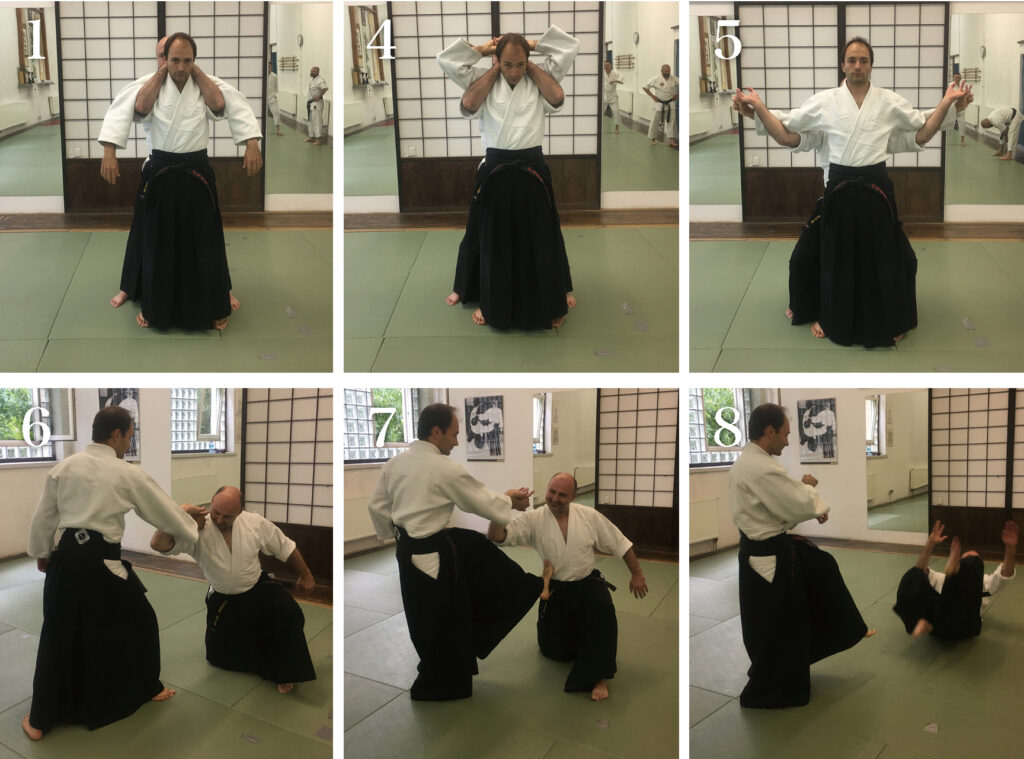
4-2 RE RENKO 連行
The RENKO techniques consist of the following 11 KATA.
RE-1 DAKEN KAESHI KOTE SEME RENKO 打拳返し小手責め連行
RE-2 USHIRO KUBI SHIME NUKI RENKO 後ろ首絞め抜き連行
RE-3 KOTE OTOSHI NAGE KOTE SEME RENKO 小手落とし投げ小手責め連行
RE-4 KATA ERI KOTE SEME RENKO 片襟小手責め連行
RE-5 UDE GYAKU YUBI WAKARE RENKO 腕逆指別れ連行
RE-6 UDE SANKAKU SEME RENKO 腕三角責め連行
RE-7 GASSHO NAGE KOTE SEME RENKO 合掌投げ小手責め連行
RE-8 UDE SEME RENKO 腕責め連行
RE-9 USHIRO RYOTE KOTE SEME RENKO 後ろ両手小手責め連行
RE-10 RYUUN SEME RENKO 流雲責め連行
RE-11 KAMA KATAME RENKO 鎌固め連行
RE-2 USHIRO KUBI SHIME NUKI RENKO Level B
both standing, front to back
1) A attacks D from behind by choking with his left arm and grasping D’s right wrist with his right hand.
2) D raises his right arm straight up.
3) D catches A’s right hand with his left hand and bends it inside to the left
➡︎ A releases his right hand grip because of the pain caused by D’s bending motion.
4) D rotates the left hand above his head clockwise so that A shall turn from behind to front.
5) D, when A has moved into the front, grips D’s left hand with his right hand and controls him in this locked position.
Know-how
1) How to release the grasped right wrist:
Raise right hand/arm straight up along the side of D’s body. If this right hand traces the side of the body correctly, D’s right wrist shall be released automatically.
2) How to rotate A smoothly:
At the end of the straight up arm motion, D’s bends his hand a little inside so that A’s right hand will receive some tension which makes the remaining process easy. Never lose grip during the rotation.
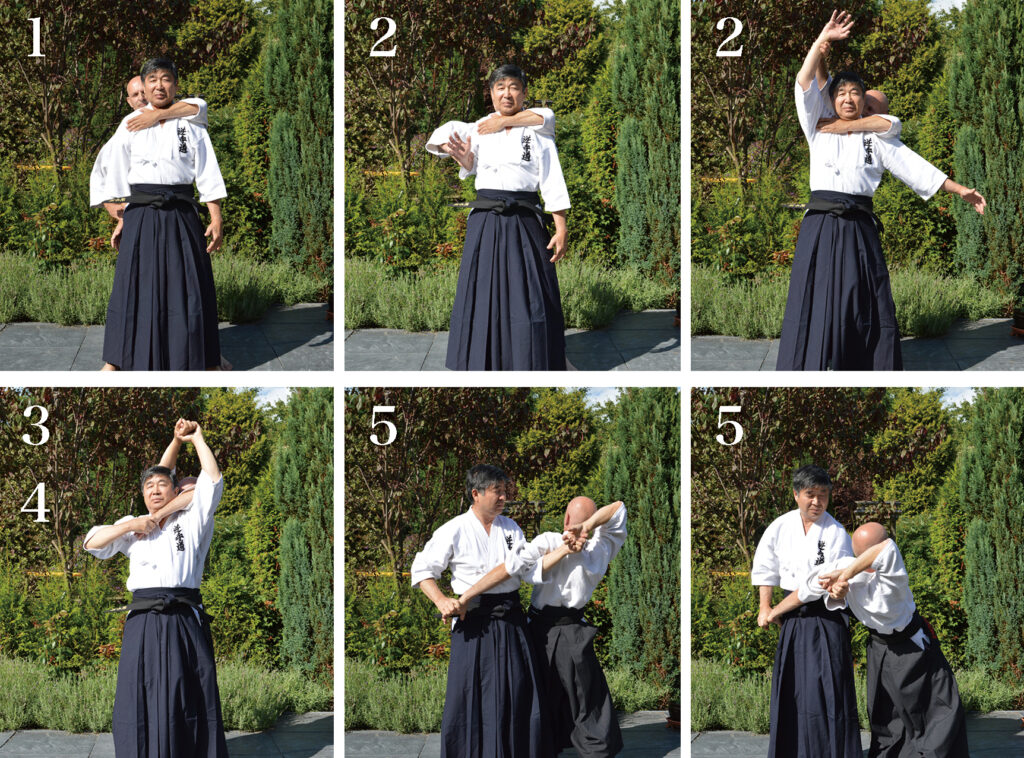
RE-7 GASSHO NAGE KOTE SEME RENKO Level C
A standing, D sitting, front to front
1) A grasps D’s left wrist with his right hand. (JYUN TORI)
2) D steps out with his right leg to assume the half-standing position, then executes KOTE UCHI NUKI with the right hand to release it, and immediately slaps A’s face with KASUMI KAKE with his freed left hand.
3) D grips A’s right hand/wrist with his right hand and puts A’s left hand thumb between A’s and D’s hand to complete the GASSHO lock.
4) D turns this GASSHO lock counter clockwise sharply, making A fall down to his right side.
5) D keeps the GASSHO lock high during the throwing motion so that A shall turn around on his stomach. D then grips A’s right hand with KOTE SEME and forces A to stand up.
6) D controls A by KOTE SEME
Know-how
How to turn A during the throwing motion
Raise GASSHO as high and as straight as possible, then the GASSHO lock will smoothly drive A to stand up.
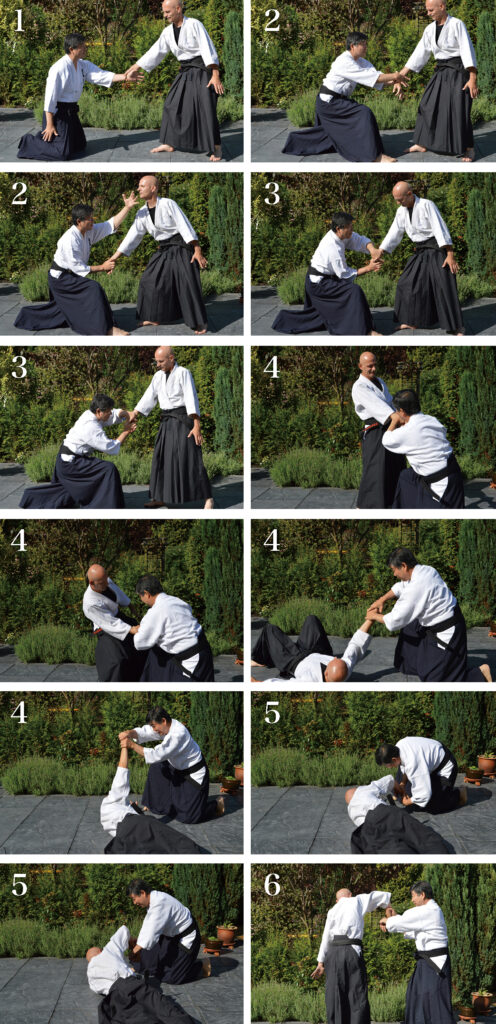
RE-11 KAMA KATAME RENKO Level C
both standing, front to front
1) A grasps D’s right wrist with his right hand (GYAKU TORI)
2) D immediately pulls the grasped right hand backwards while stepping back with his right foot and turning the palm of A’s right hand down. -> this unbalances A (KUZUSHI).
3) D grasps A’s right hand with his left hand from below, then slides his released right hand up to A’s elbow, and folds his arm up into a gooseneck hold (KAMA KATAME) close to the left side of D’s body, with D’s left arm under A’s right armpit.
4) D takes several steps using this arresting hold on A.
Know-how
How to perform the bent arresting hold to A’s arm
It’s as if holding a compact umbrella/parasol
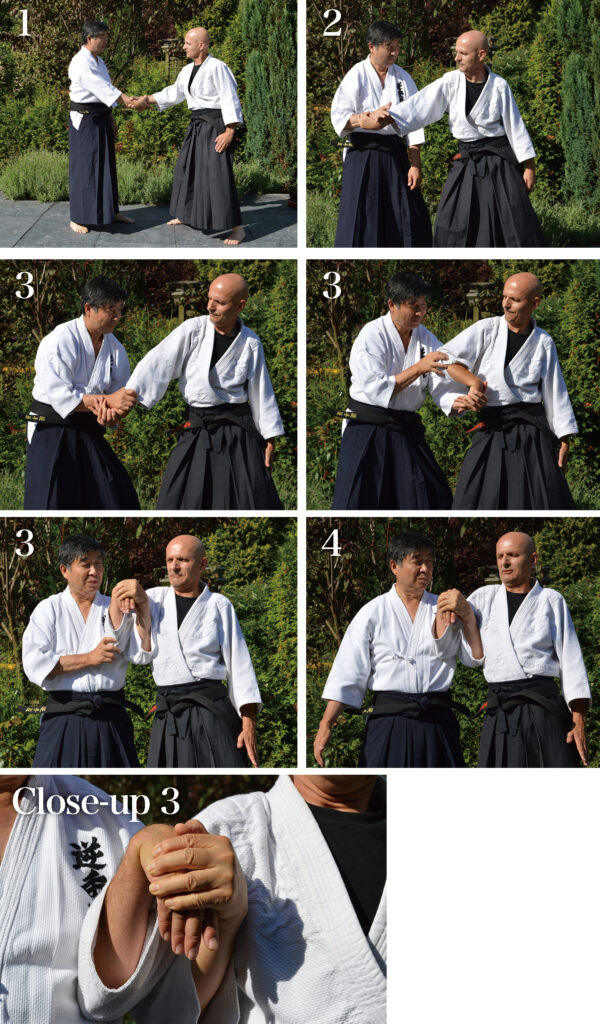
4-3 NA NAGE 投げ
The NAGE techniques consist of the following 17 KATA.
NA-1 SEOI NAGE KAESHI 背負い投げ返し
NA-2 TENCHI NAGE 天地投げ
NA-3 USHIRO UDE MAKI NAGE 後ろ腕巻き投げ
NA-4 RYUUN NAGE 流雲投げ
NA-4 RYUUN TATSUMAKI NAGE 流雲竜巻投げ
NA-6 RYO KOTE OTOSHI TENCHI NAGE 両小手落とし天地投げ
NA-7 KATA ERI UDE JYUJI NAGE UDE WAKI KATAME 片襟腕十字投げ腕脇固め
NA-8 UDE OSAE OTOSHI SHUTO ATE 腕押さえ落とし手刀当て
NA-9 IAI-KERI TENCHI NAGE 居合い蹴り天地投げ
NA-10 KOTE HINERI NAGE 小手ひねり投げ
NA-11 UDE KIRI NAGE 腕切り投げ
NA-12 RYOTE ENGETSU NUKI TENCHI NAGE 両手円月抜き天地投げ
NA-13 KATA UDE KUBI MAWASHI NAGE 片腕首回し投げ
NA-14 UDE KARAMI NAGE UDE WAKI KATAME 腕絡み投げ腕脇固め
NA-15 KIRI UCHI NUKI IRIMI NAGE 切り打ち抜き入身投げ
NA-16 RYUUN KATAME SHIHO NAGE 流雲固め四方投げ
NA-17 HANTEN NAGE 反転投げ
NA-2 TENCHI NAGE Level C
both standing, front to back
1) A grasps D’s wrists with both hands (JYUN TORI).
2) D puts his fingertips on his knees and pushes his wrists forward to unbalance A.
3) D pulls his left arm backward and immediately pushes his right arm forward to throw A to his left side.
4) D grasps A’s right wrist with his left hand and hits A’s face with his right hand -> SHUTO ATE as a finish.
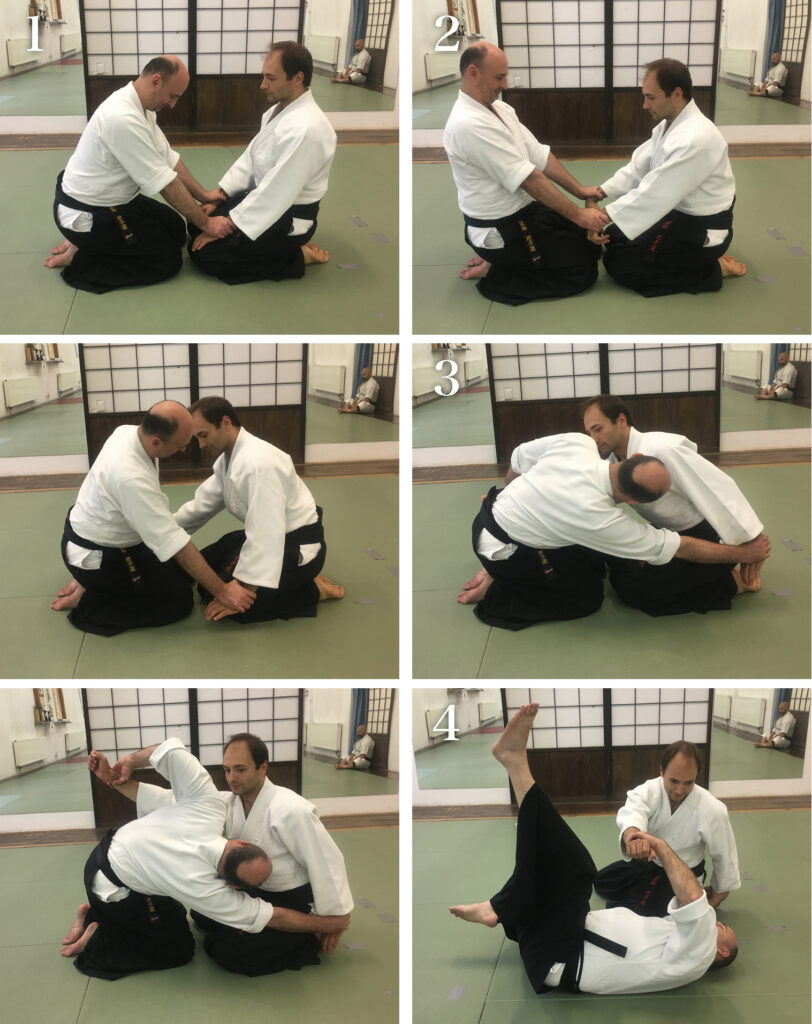
NA-7 KATA ERI UDE JYUJI NAGE UDE WAKI KATAME Level C
both standing, front to back
1) A grasps D’s right ERI (lapel) by left hand and tries to strike D’s face with JYODAN TSUKI using his right fist.
2) D holds A’s left wrist with his left hand and deflects A’s TSUKI using JYODAN UKE with his right arm. D then grasps A’s right wrist with his right hand.
3) D steps forward to A’s left side and holds both of A’s arms crossed.
By rotating A’s crossed arms clock wise, D throws A down by keeping his grip on both wrists.
4) After throwing A to the ground, D controls A with UDE WAKI KATAME
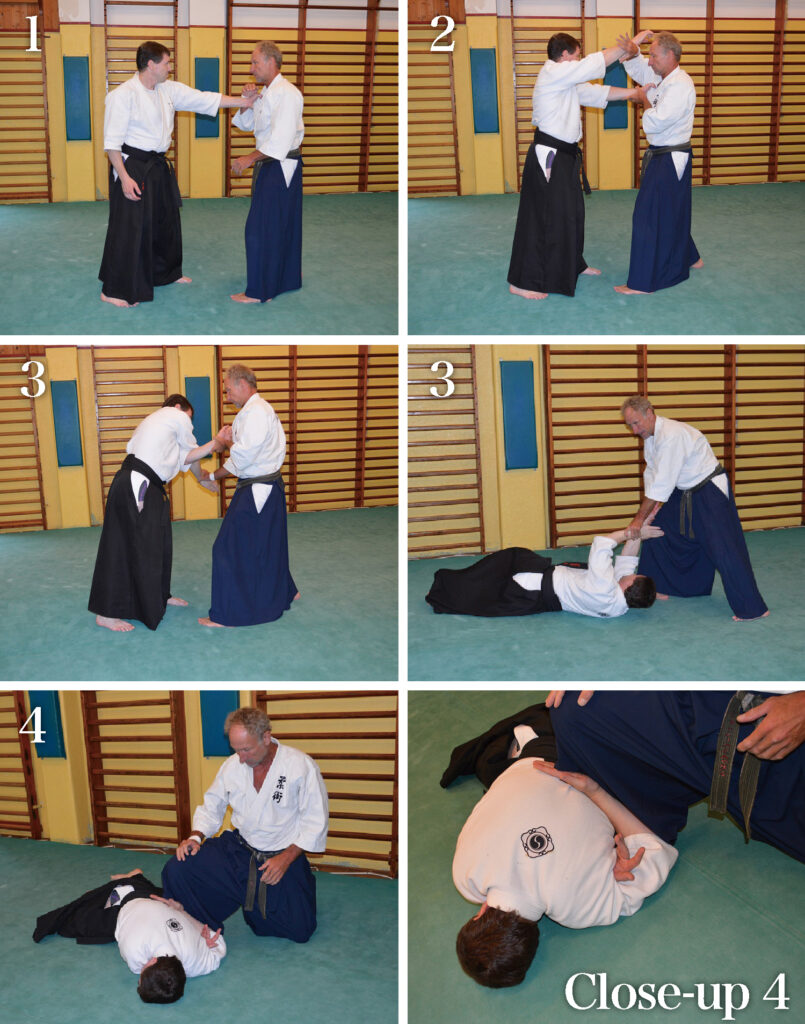
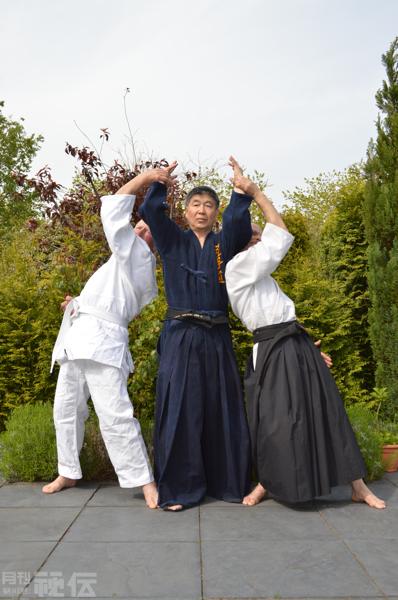
Wrote & supervised by KURABE Makoto SHISEIDO, 2nd Soushi (Grand master) of AIKI Jujutsu Gyakute-do
He was born in 1950 in Kashiwa city Chiba prefecture. Graduated PHD course of Science University of Tokyo. After learning Judo and Shito-ryu Karate-do, started learning Gyakute-do Jujutsu which was created under influence of Hakko-ryu Jujutsu and the other Ko Bujutsu. Since TANAKA Tadashi CHUSHUDO, founder of Gyakute-do, 1st Soushi, passed away and the Ryuha died out without a successor, he had started instructing Gyakute-do seriously to the local Budo fans in the Netherlands so that he can let the name Gyakute-do would not disappear. Besides, during pursuing Gyakute-do, he had discovered the theory of AIKI and had established the methods to realize AIKI and the practicing way in his original way successfully.
Time to time he often writes for the Japanese martial arts journal “Hiden”. So far he has published books “Theory of Vibration Modal Analysis”, “Story of Dutch”, “Fast learning AIKI”, etc., DVDs “How to master AIKI” etc.
Learn AIKI by a Combination of
Videos and Articles!!
» At the starting of AIKI Web Course
with Videos and Free Articles
AIKI Web Course Part 2 24 Lessons
-
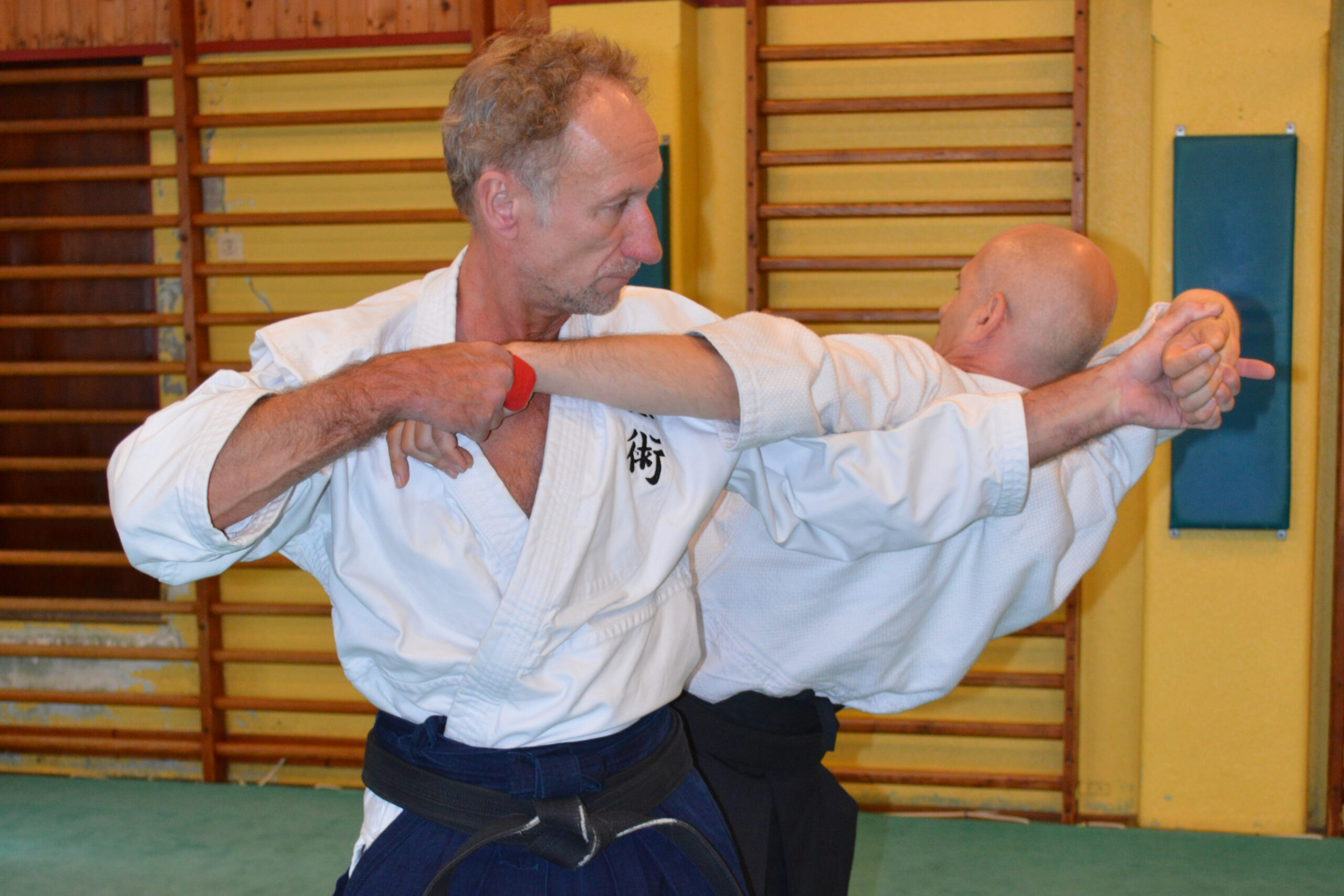
【AIKI JUJUTSU GYAKUTE-DO Series No.5】How you can learn Jujutsu properly
-
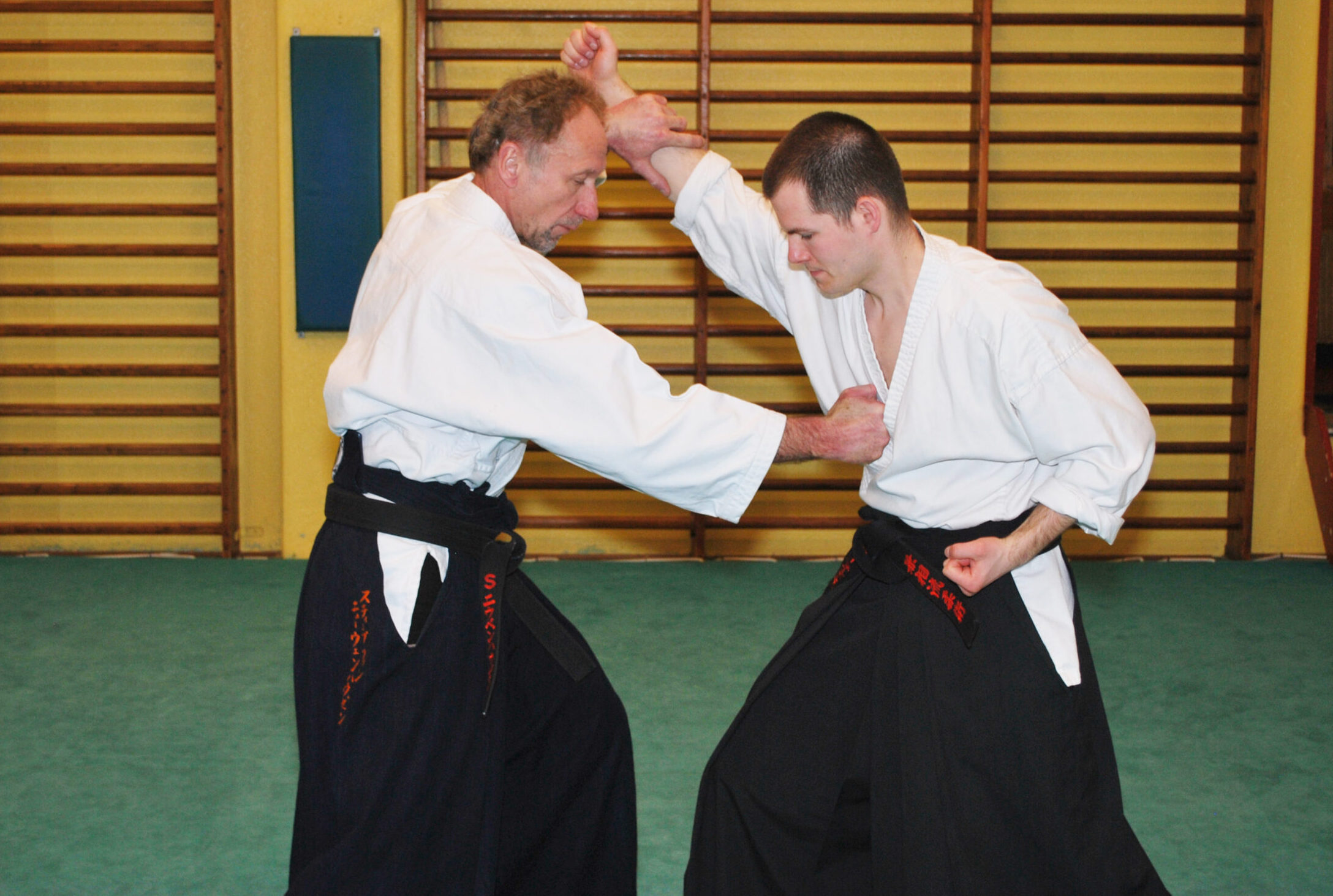
【AIKI JUJUTSU GYAKUTE-DO Series No.4】DAKEN-HO Hit and Kick KATA and AIKI
-
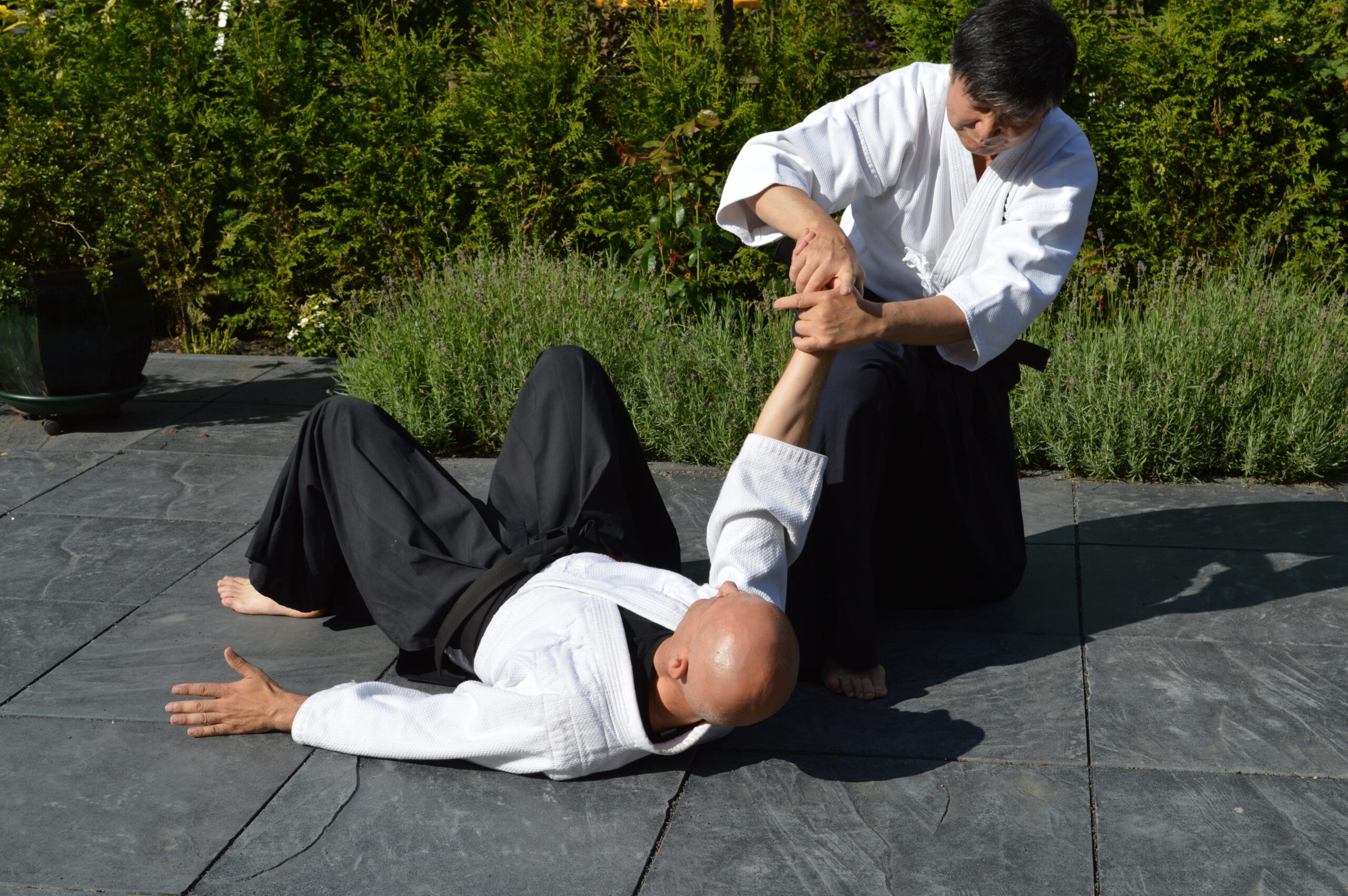
【AIKI JUJUTSU GYAKUTE-DO Series No.3】JUJUTSU WAZA, digest of FUDO
-
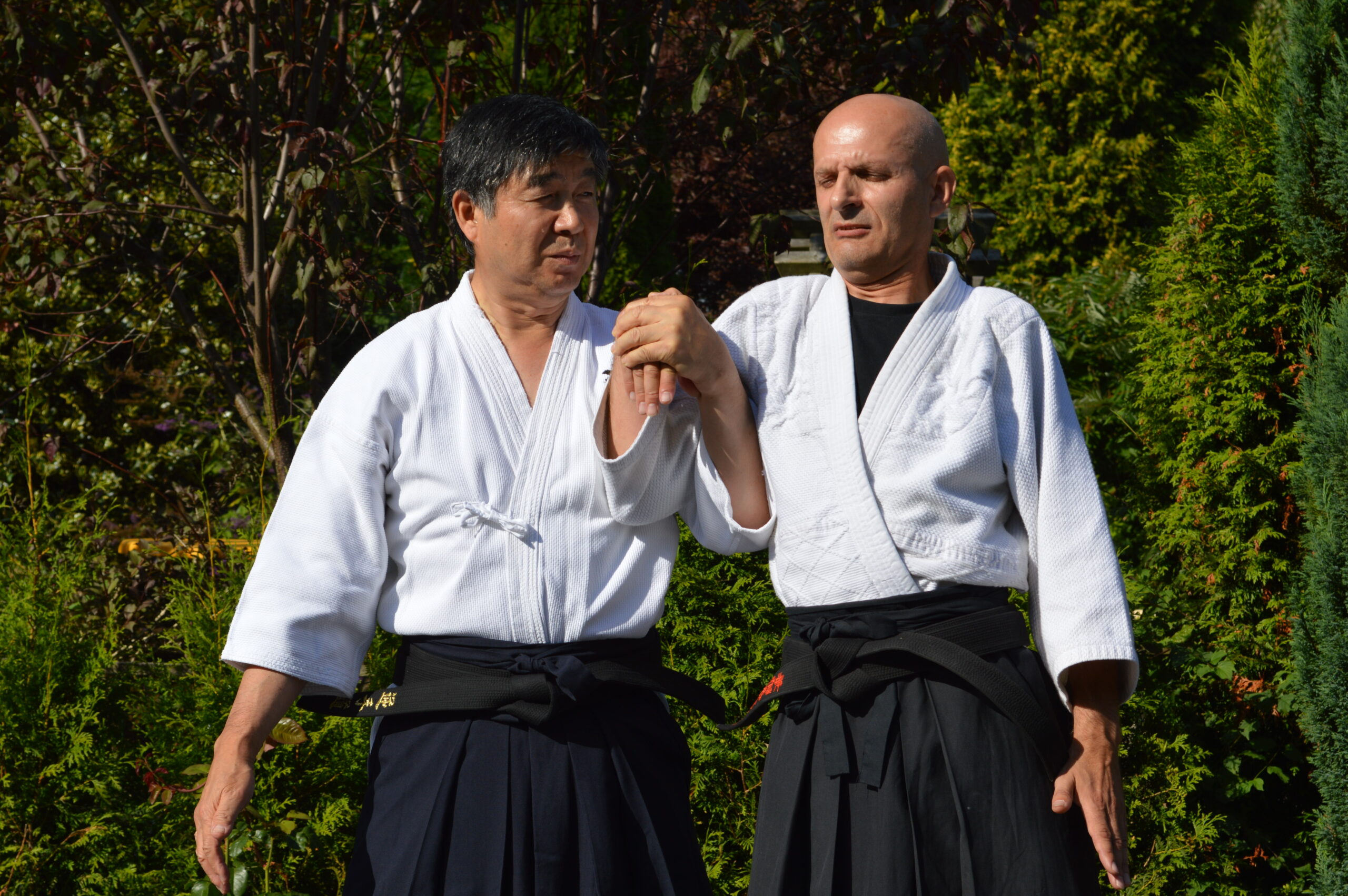
【AIKI JUJUTSU GYAKUTE-DO Series No.2】JUJUTSU WAZA, digest of NUKI, RENKO and NAGE
-
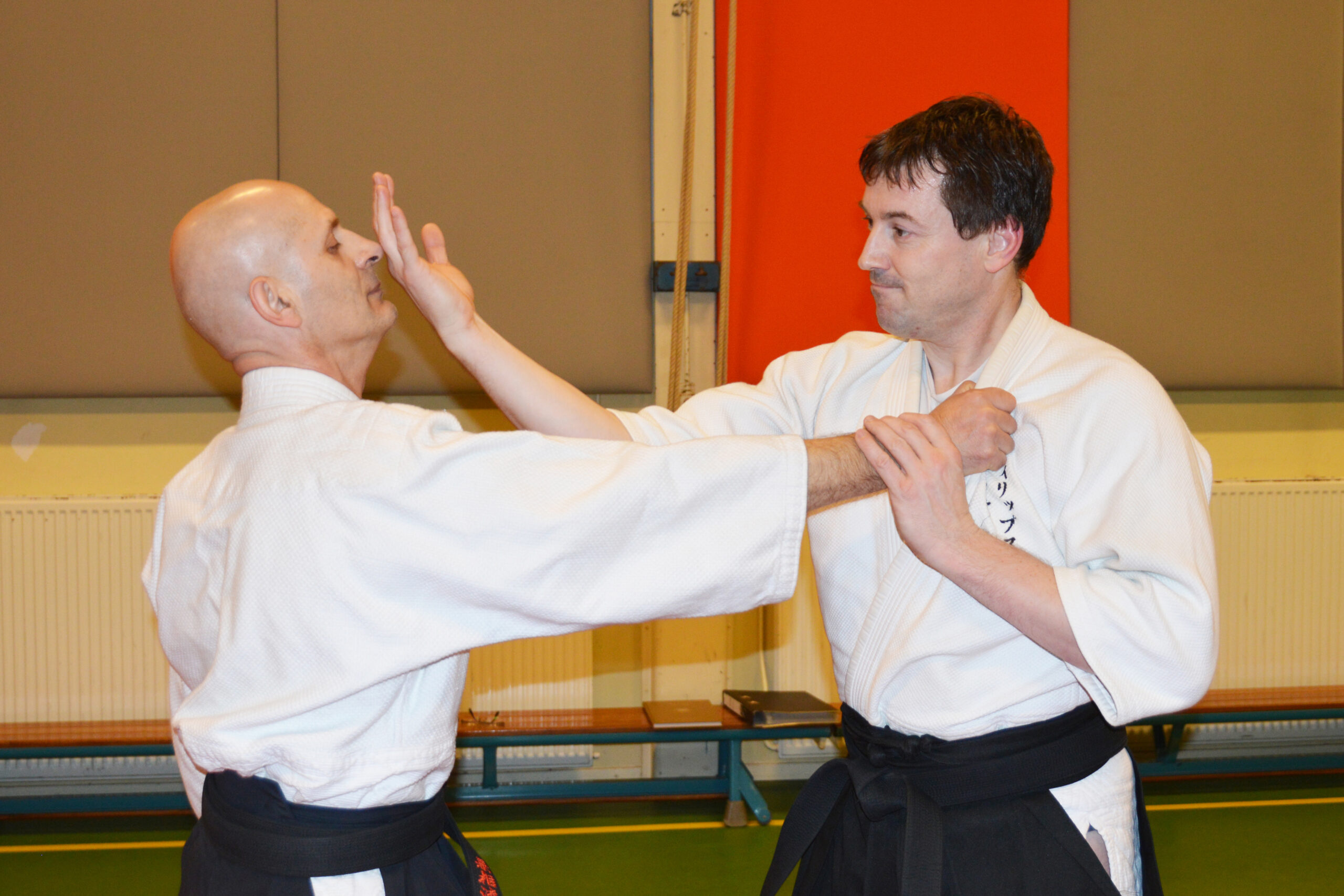
【AIKI JUJUTSU GYAKUTE-DO Series No.1】About GYAKUTE-DO and the digest of its basic techniques
-
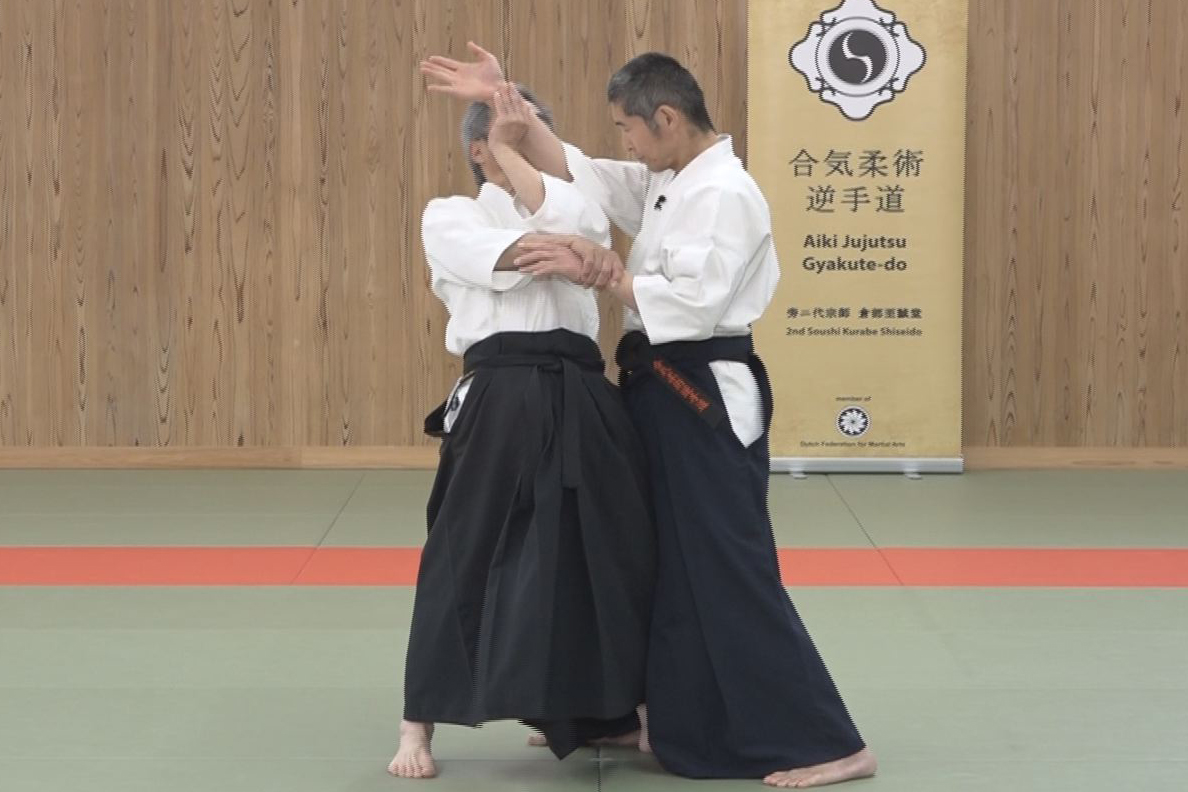
Lesson 24 With Comb. of Different Methods #2
-
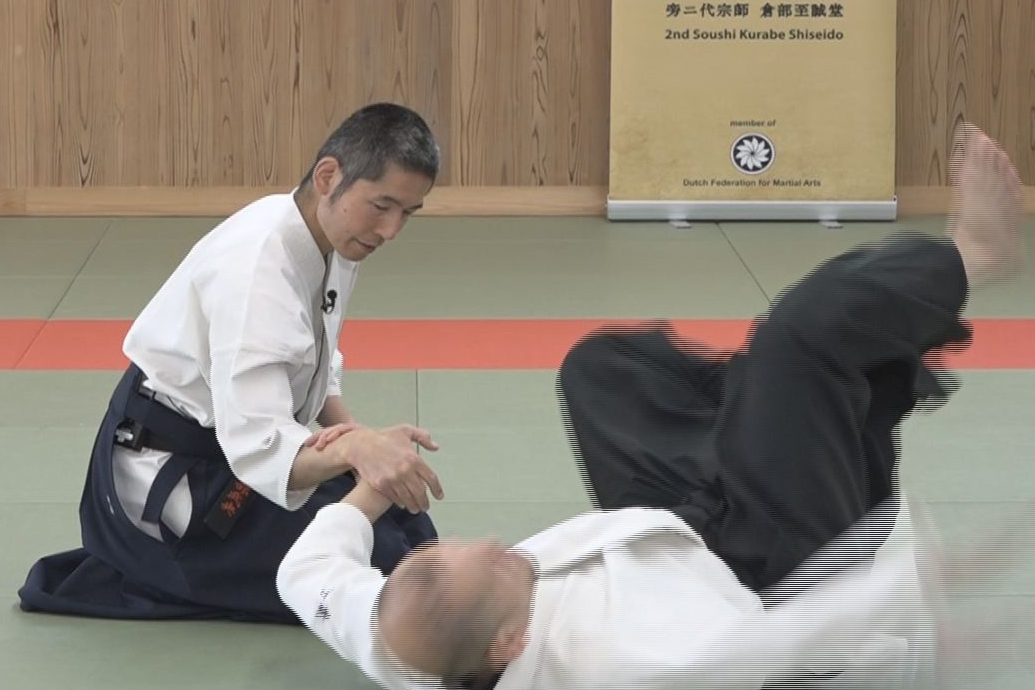
Lesson 23 With Comb. of Different Methods #1
-

Lesson 22 Advanced Tech. using F. E. method #2
-

Lesson 21 Advanced Tech. using F. E. method #1
-
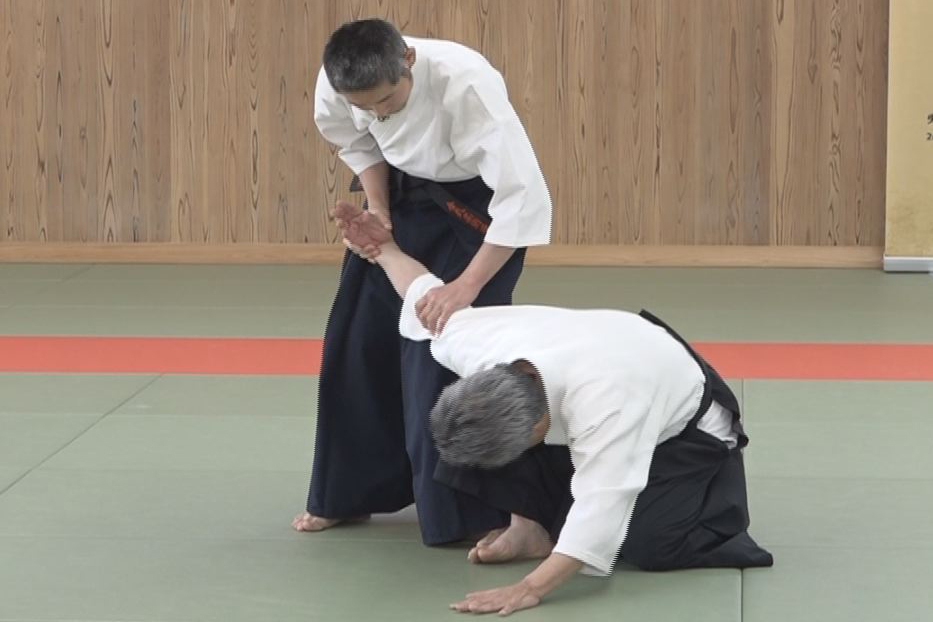
Lesson 20 Advanced tech. using T. F. T. #2
-
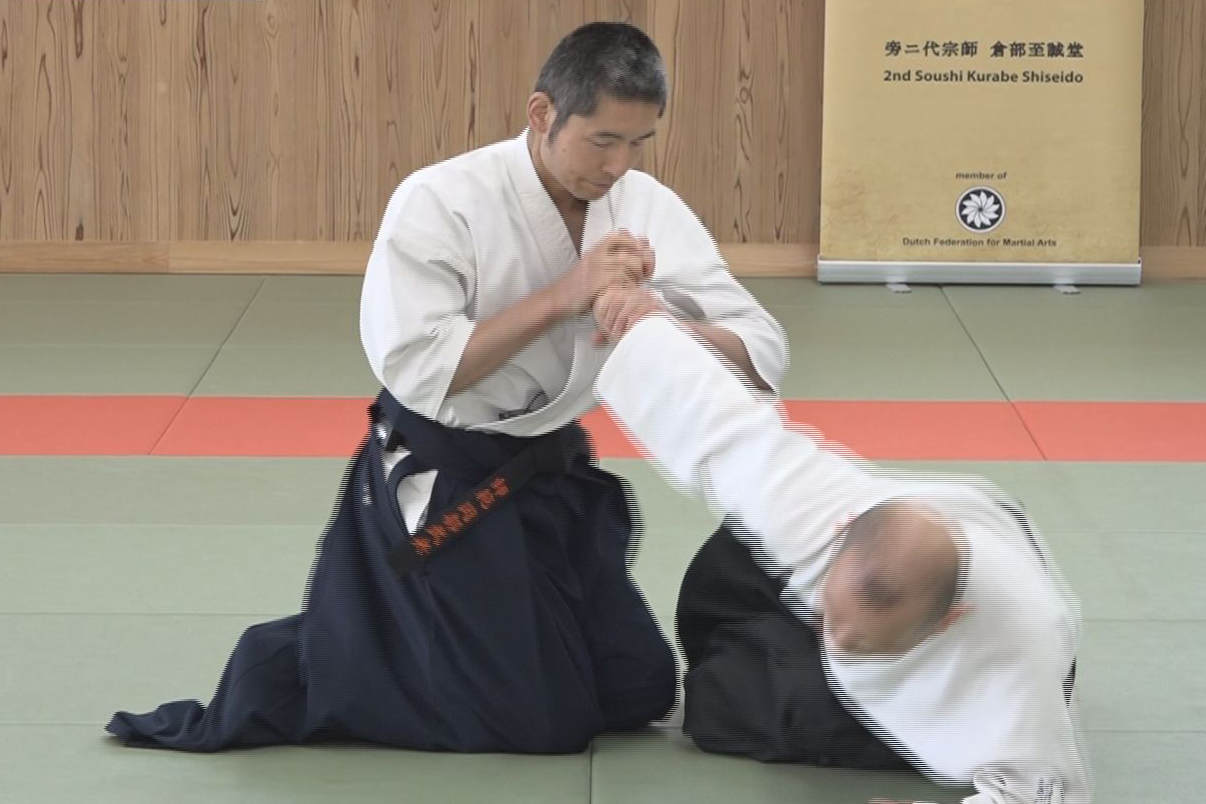
Lesson 19 Advanced tech. using T. F. T. #1
-
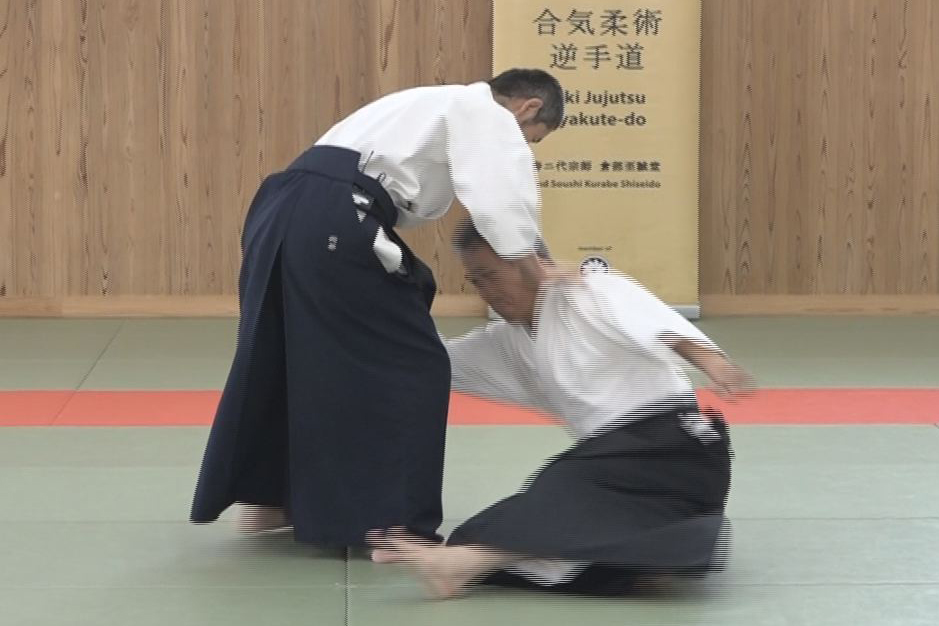
Lesson 18 Advanced tech. using AIKI Contact #2
-
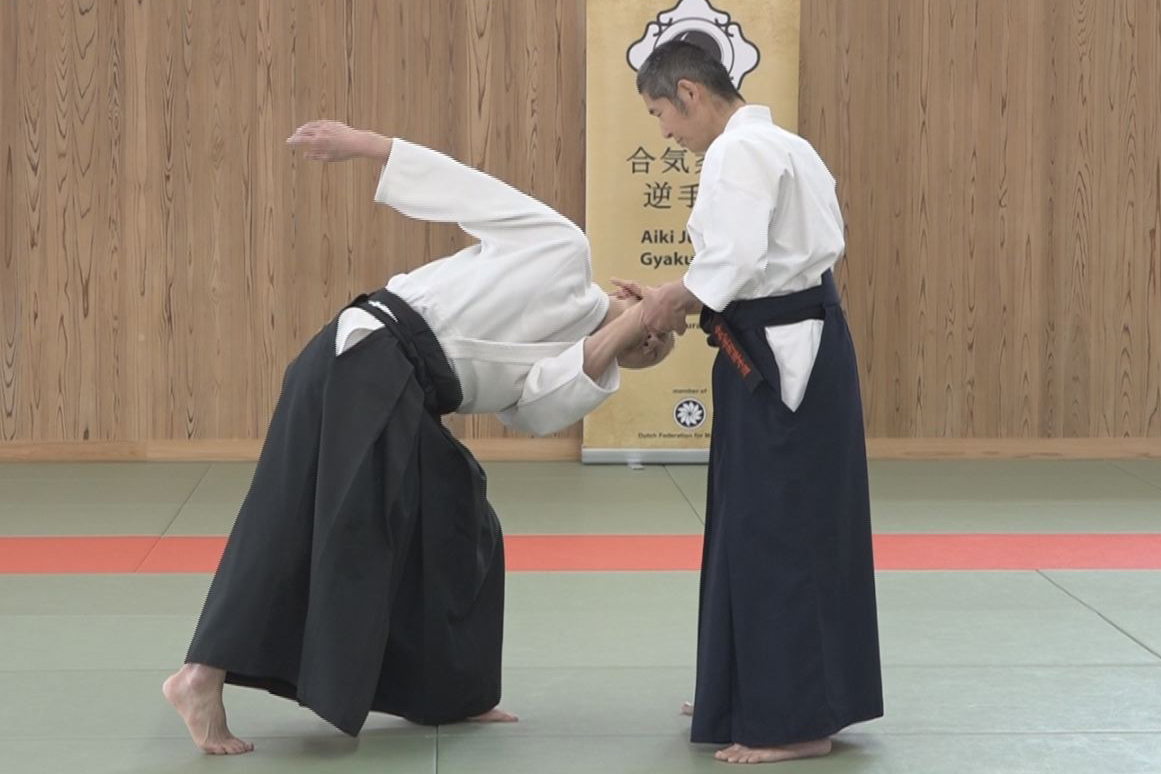
Lesson 17 Advanced tech. using AIKI Contact #1
-
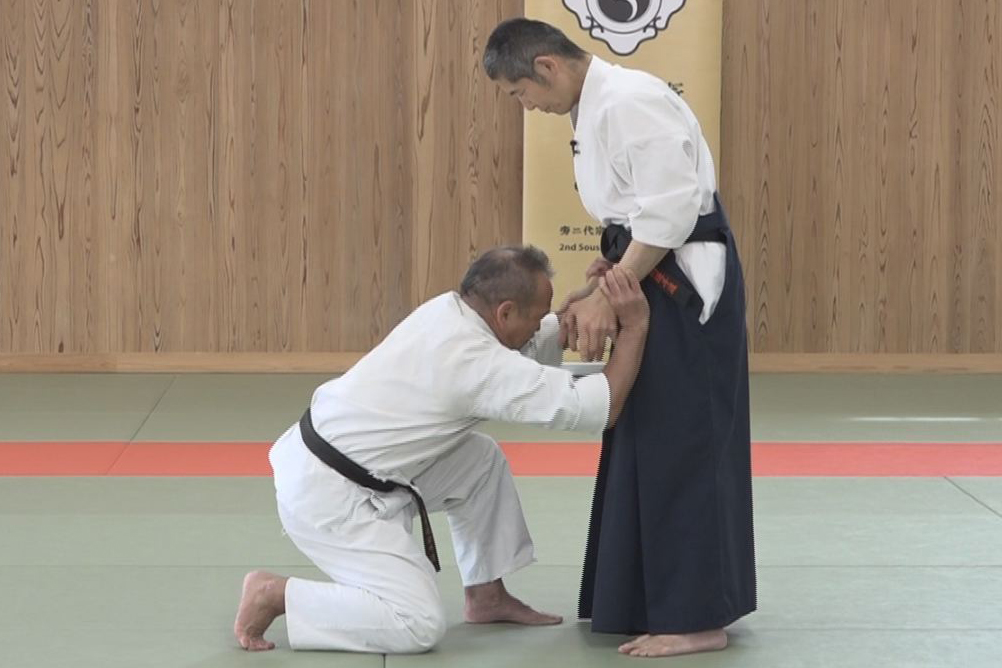
Lesson 16 Advanced tech. by Undetectable F.T. #2
-
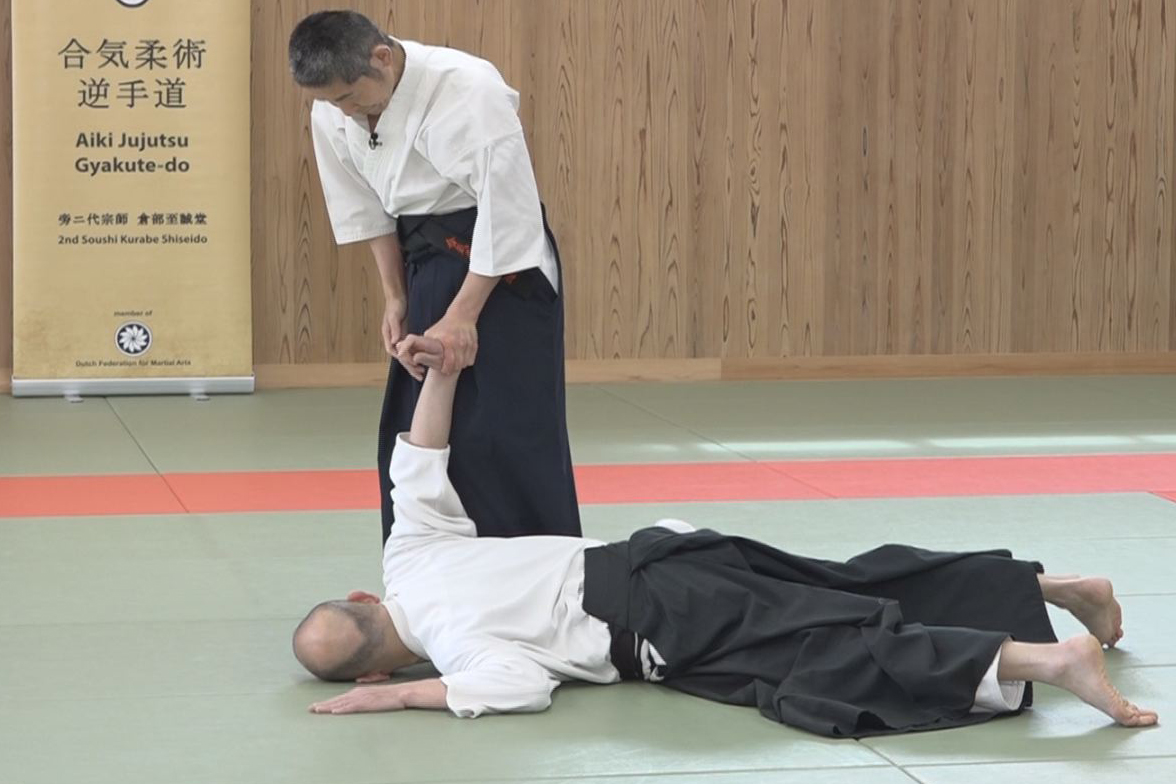
Lesson 15 - Advanced tech. by Undetectable F. T. #1
-
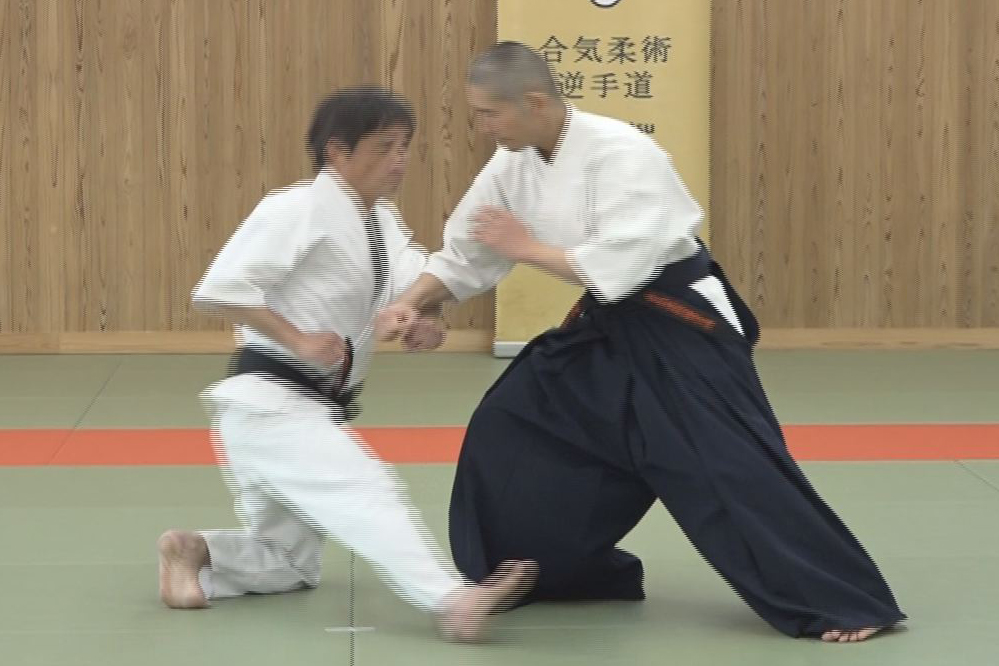
Lesson 14 - Advanced tech. by the Waving method #2
-
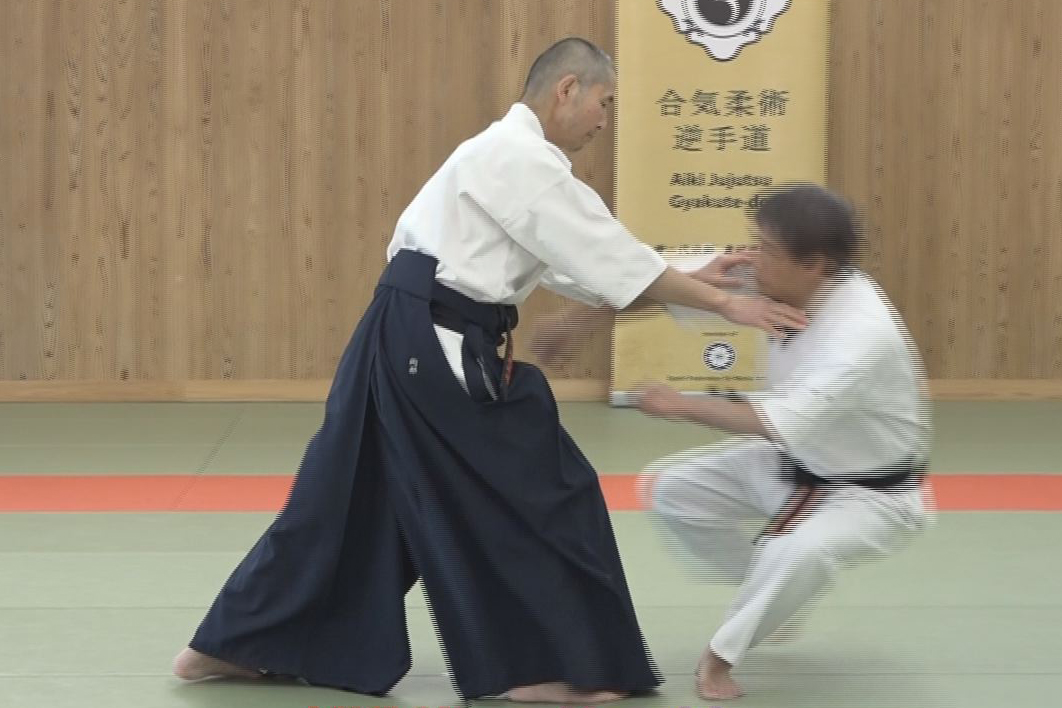
Lesson 13 - Advanced tech. by the Waving method #1
-
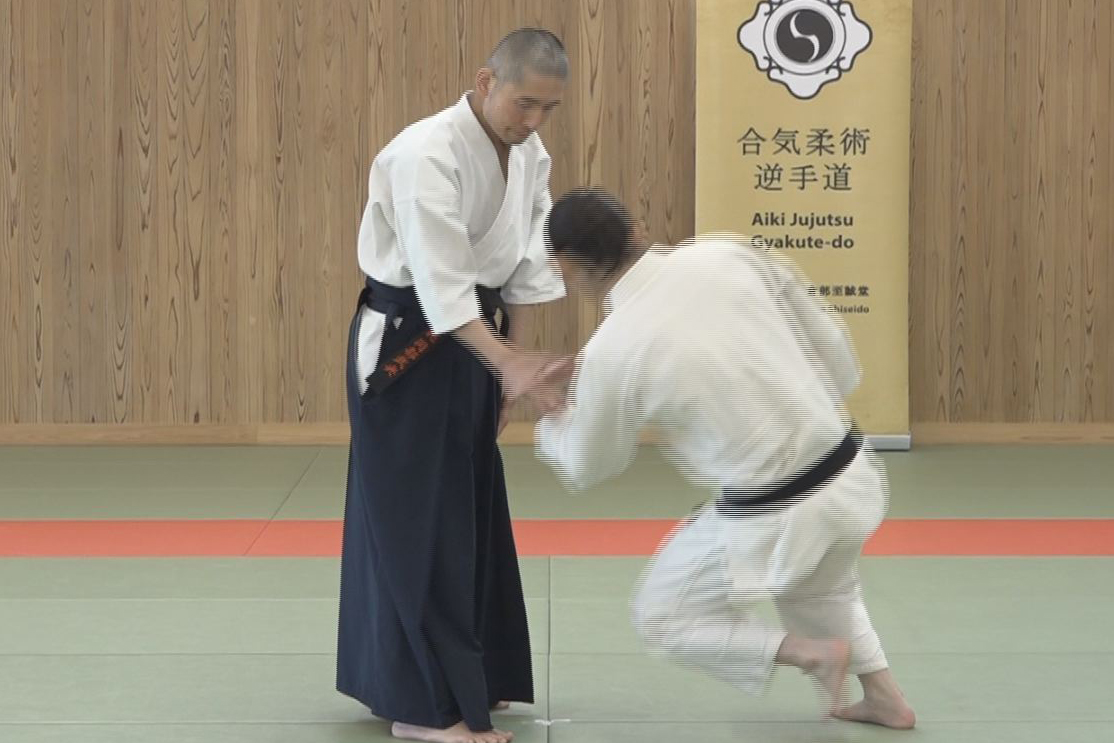
Lesson 12 - Gyaku-te by not Using Force nor AIKI
-
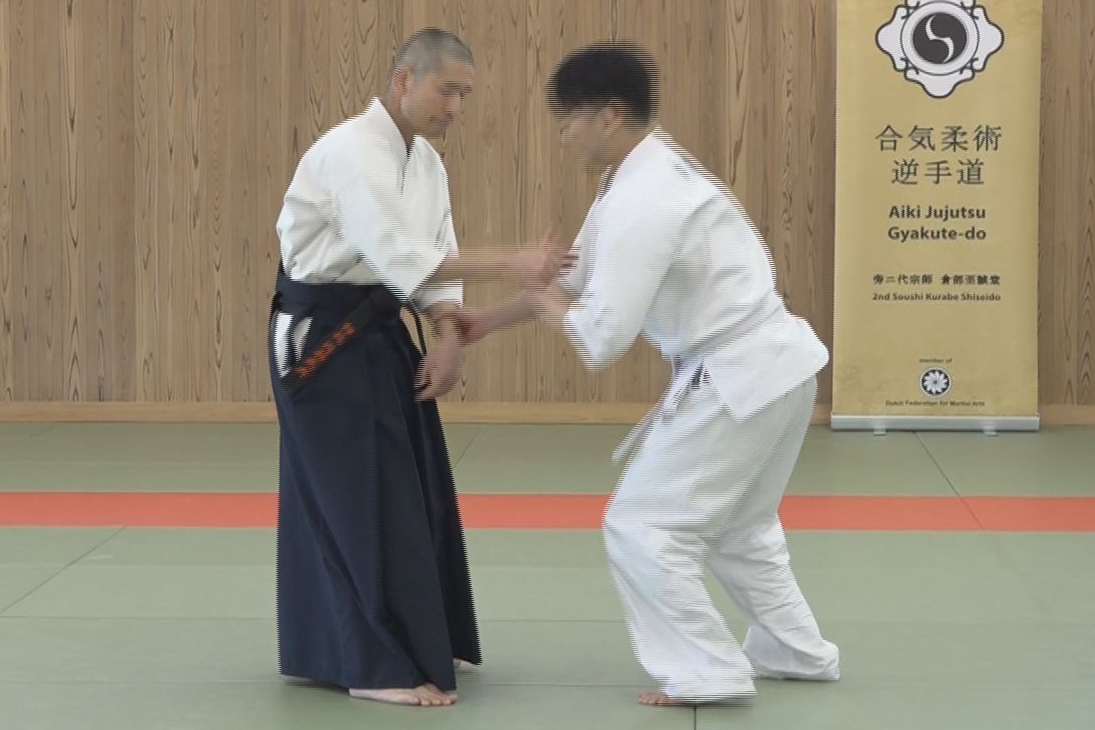
Lesson 11 - Gyaku-te Realized by the AIKI Method
-
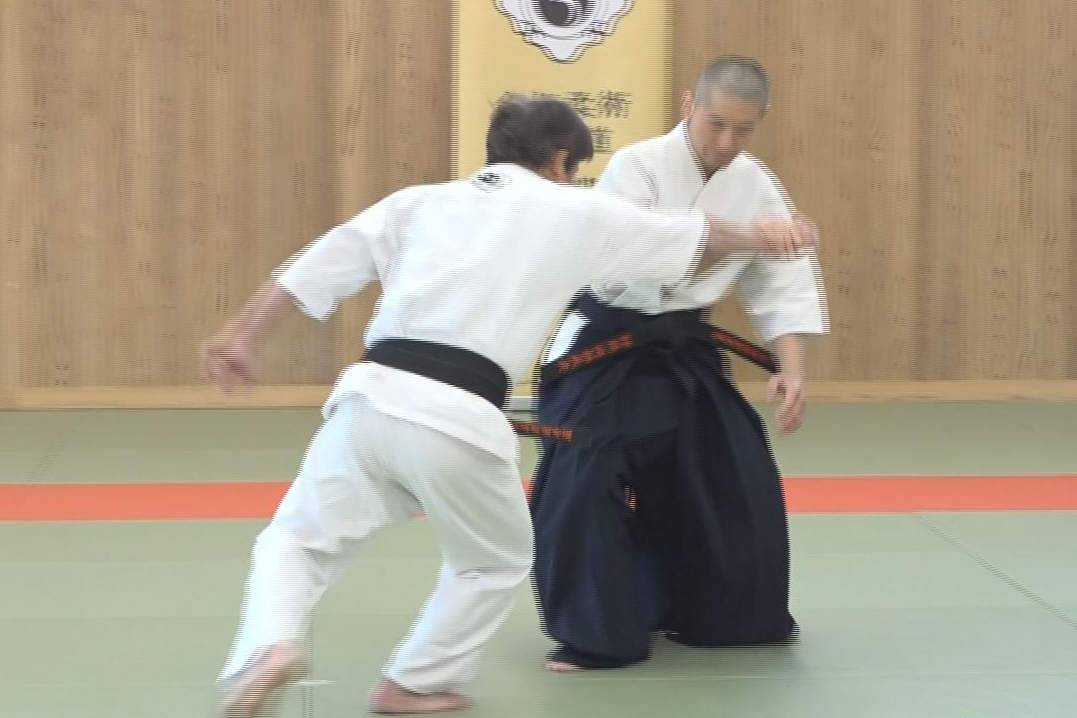
Lesson 10 - Application of Force Equilibrium method
-
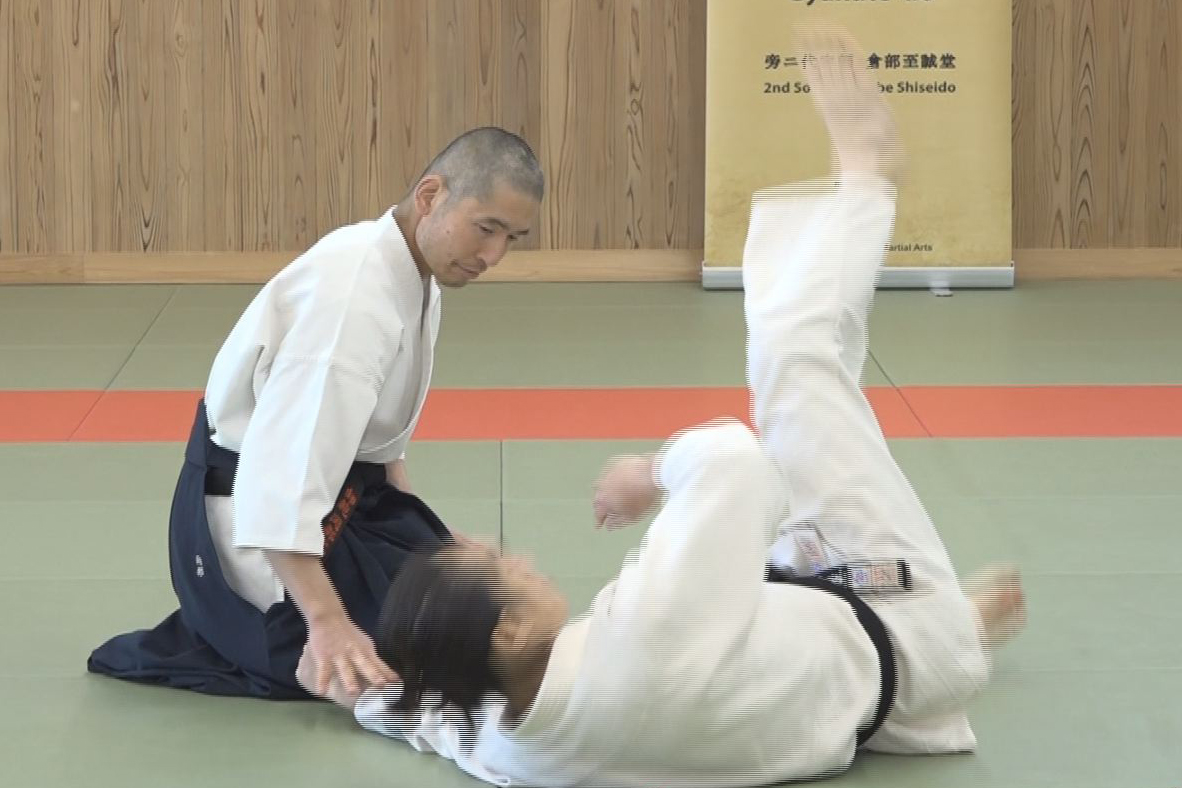
Lesson 9 - Force Equilibrium
-
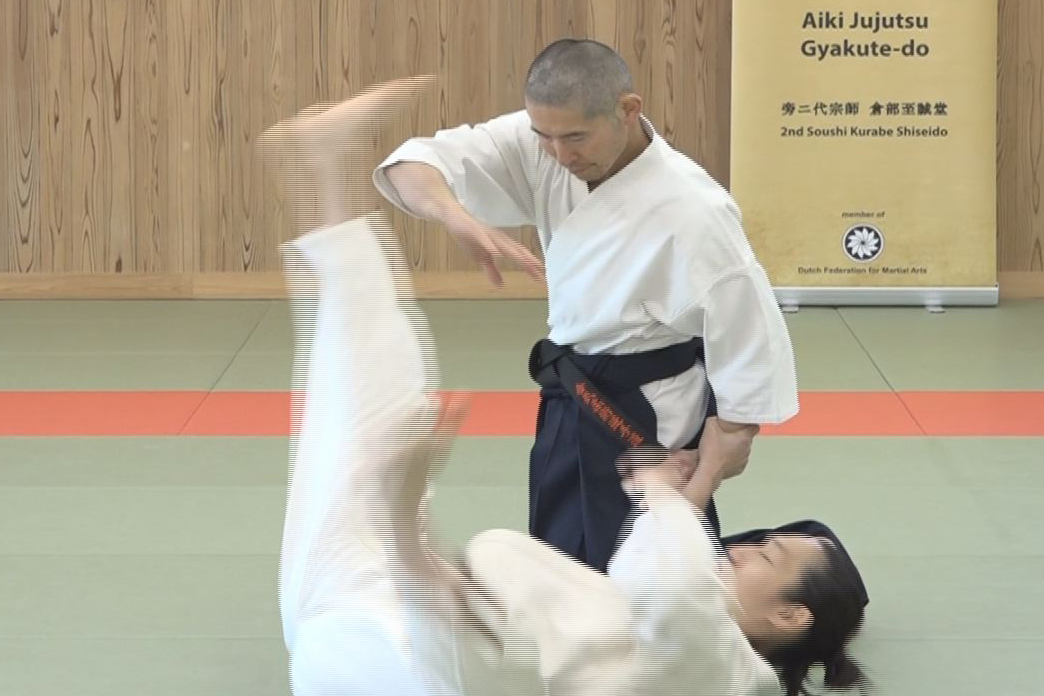
Lesson 8 - Application of Targeted Force Transfer
-
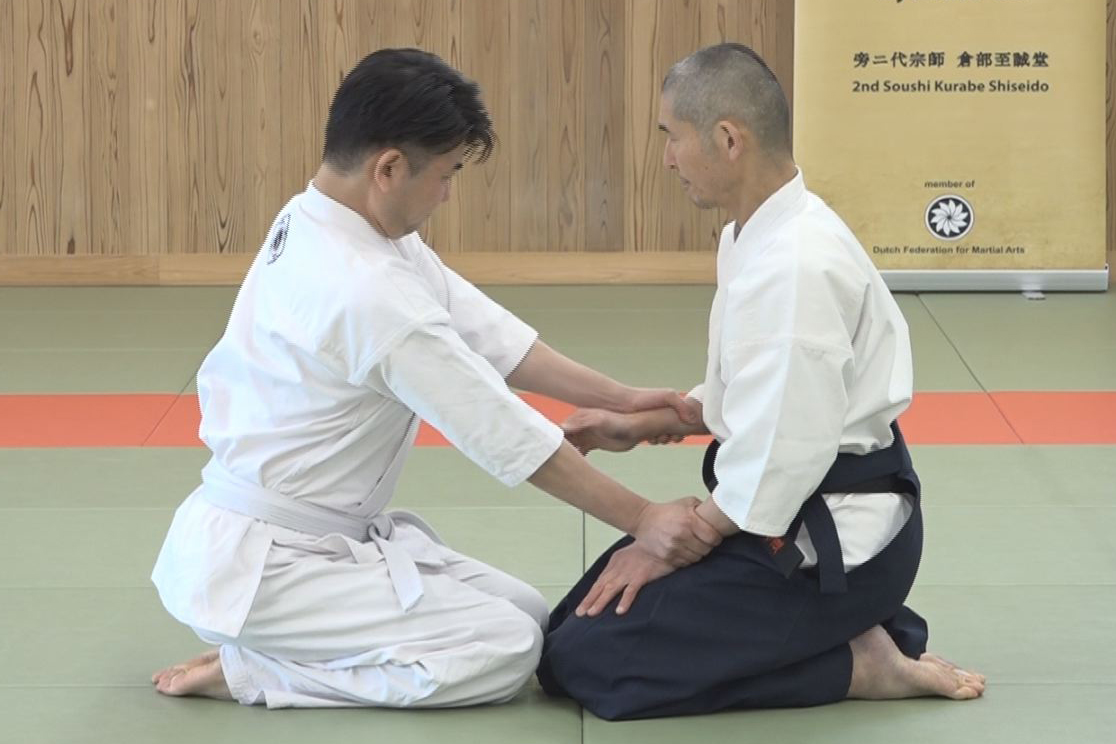
Lesson 7 - Targeted Force Transfer
-
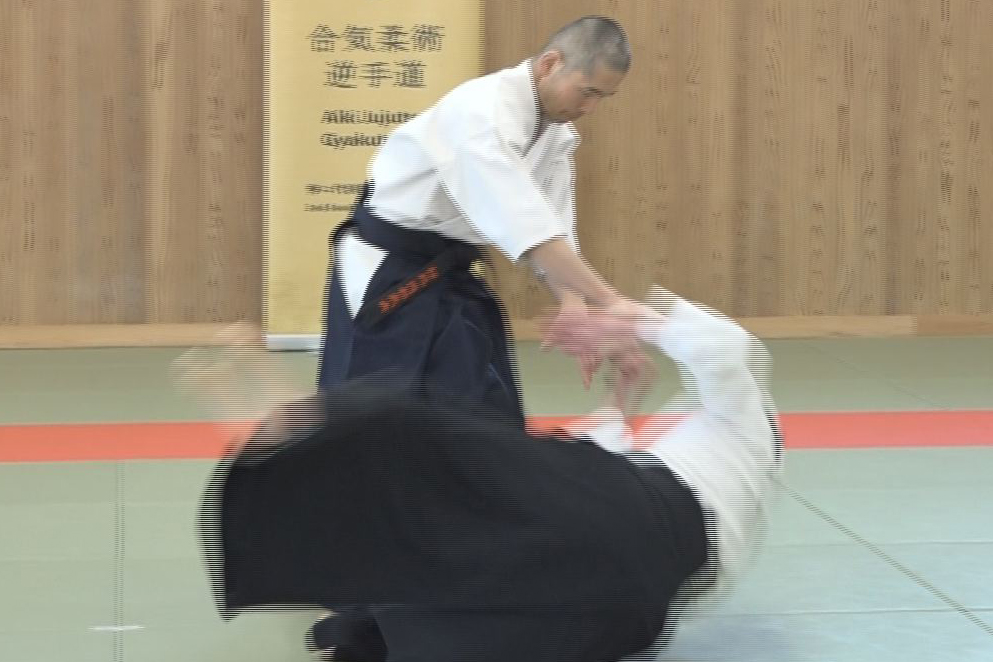
Lesson 6 - Application of AIKI Connection
-
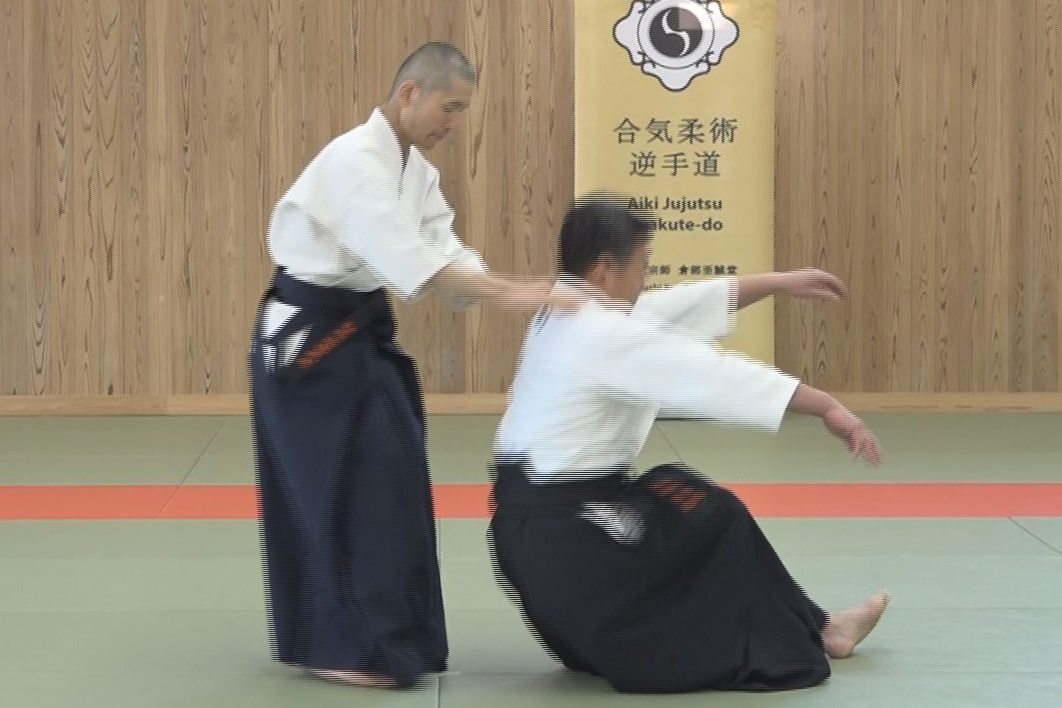
Lesson 5 - AIKI Connection
-
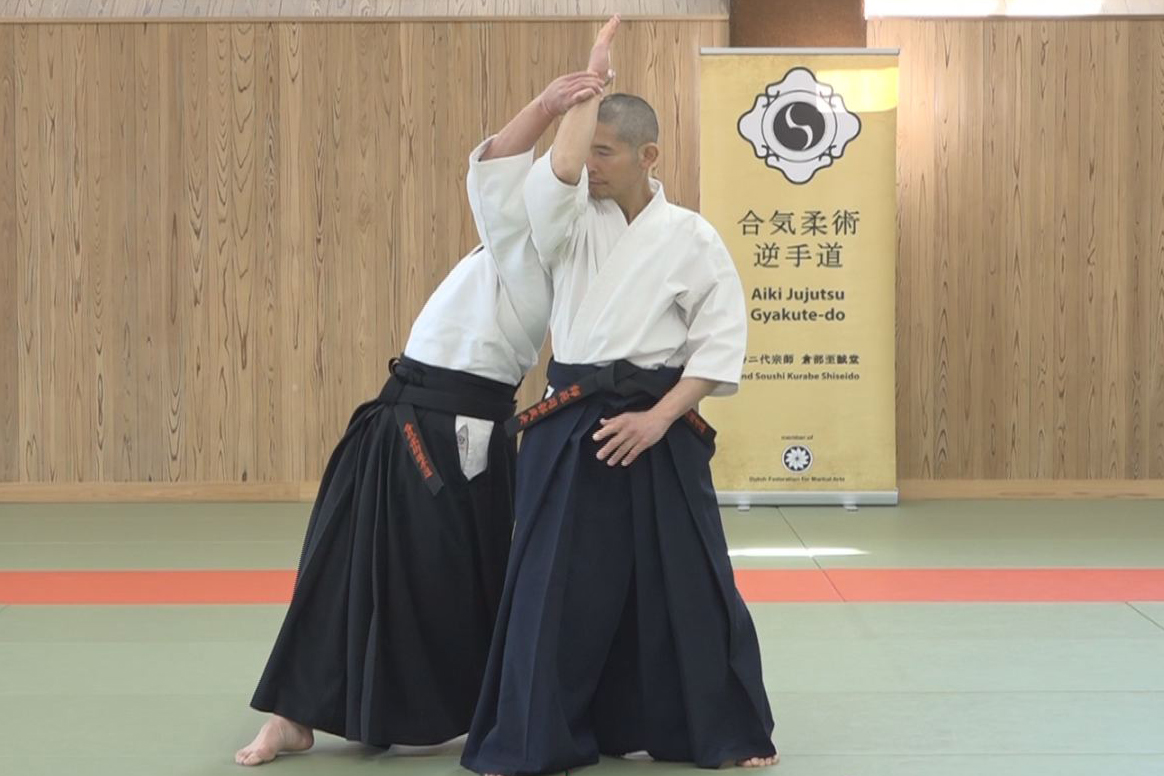
Lesson 4 - Application of Nondetectable Force Transfer
-
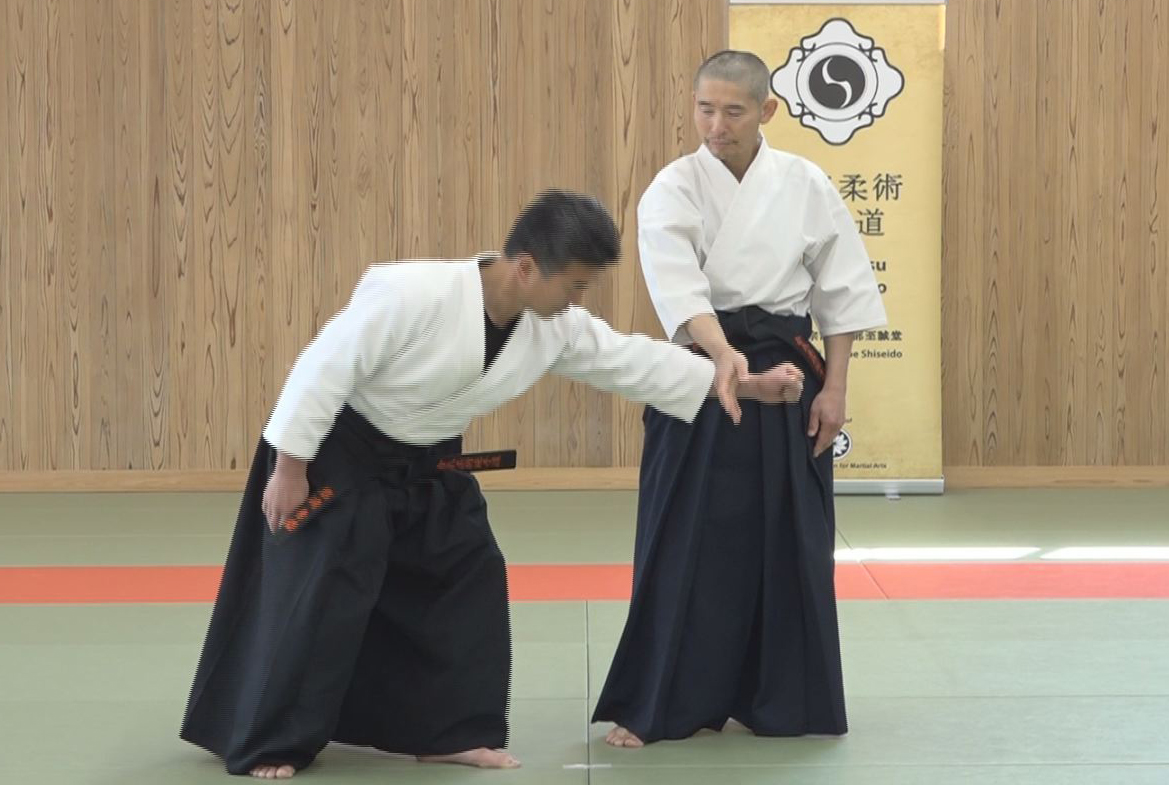
Lesson 3 - Explanation of Undetectable Force Transfer
-
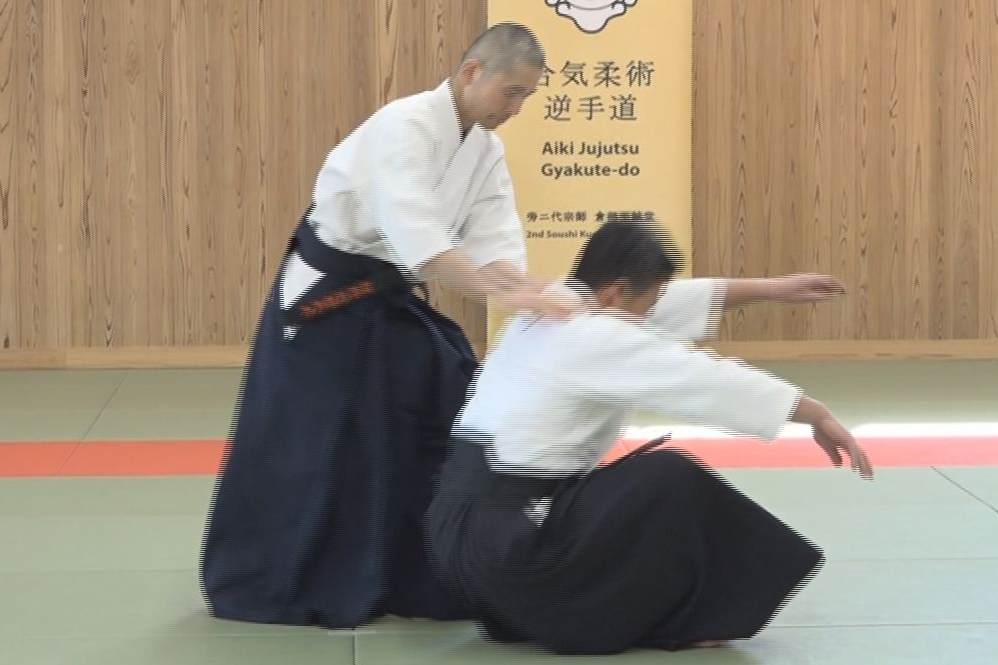
Lesson 2 - Application of Waving Method
-
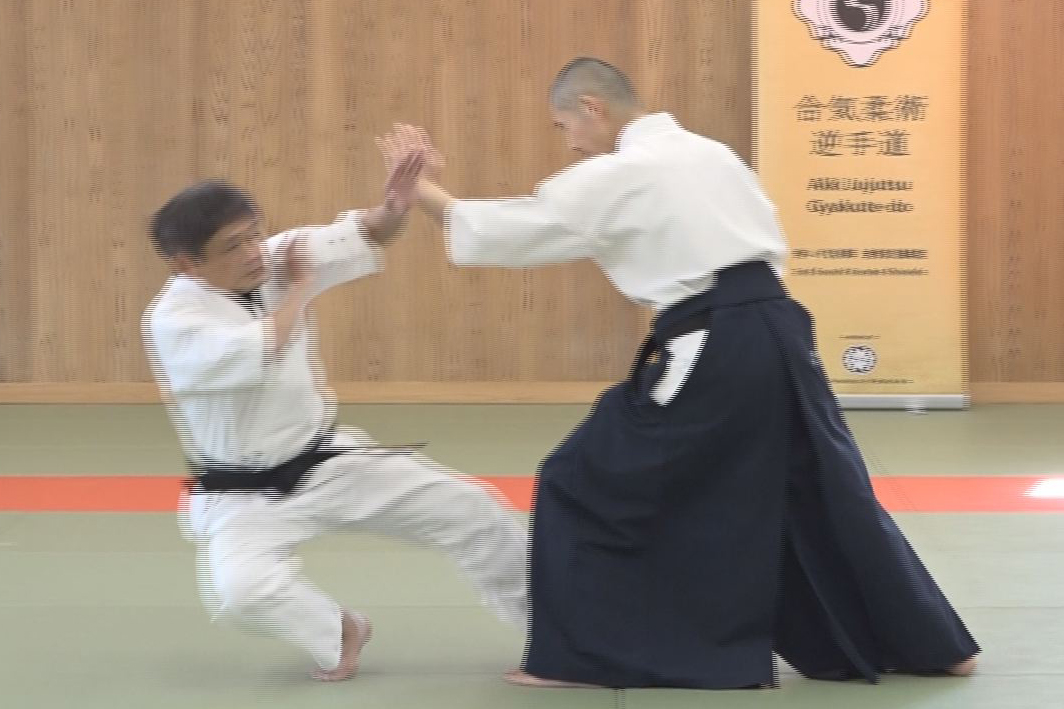
Lesson 1 - The Explanation of Waving Method
-
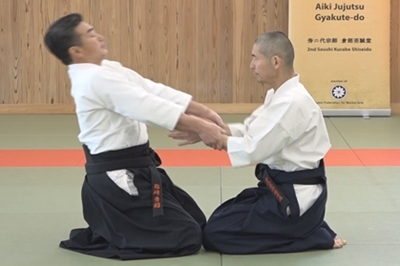
Introduction with video
and Knowledge of AIKI



